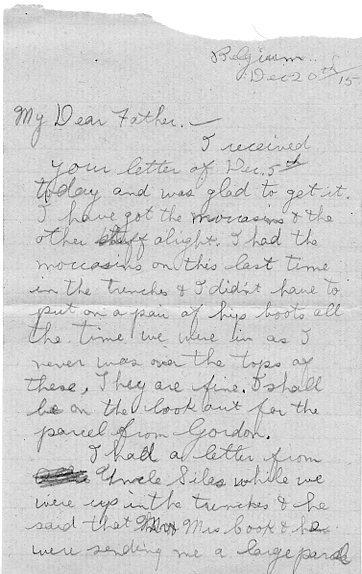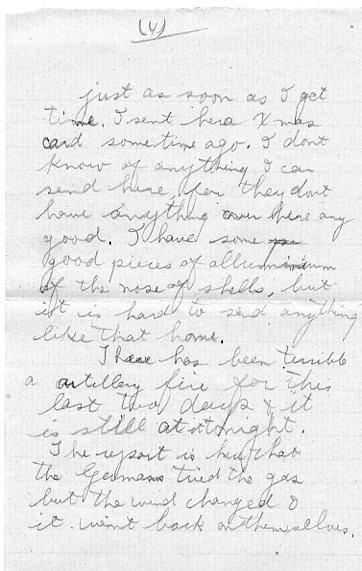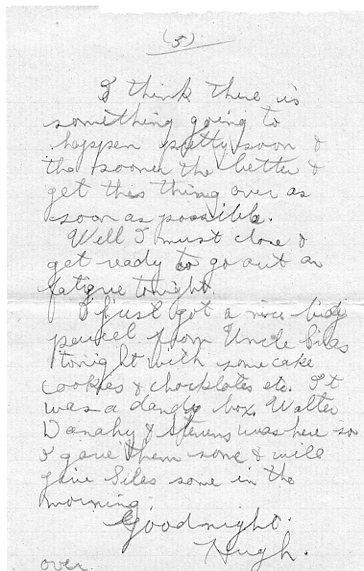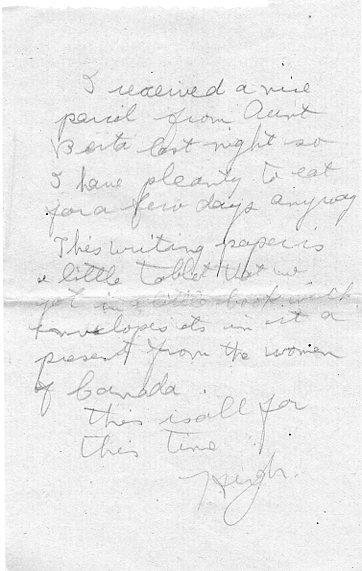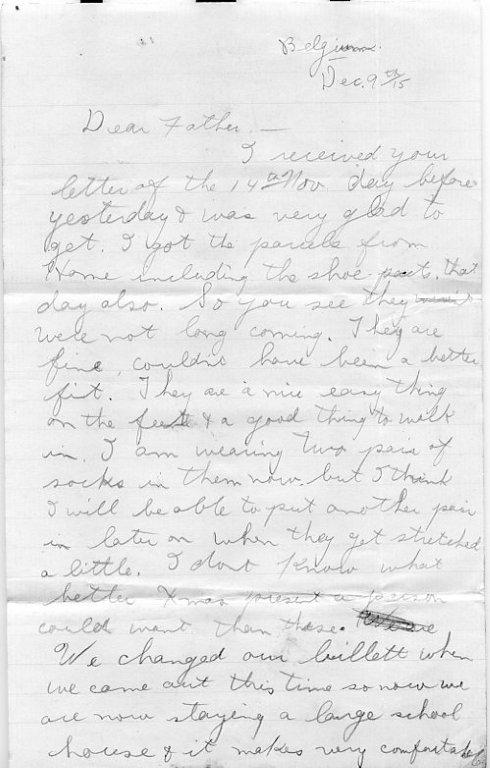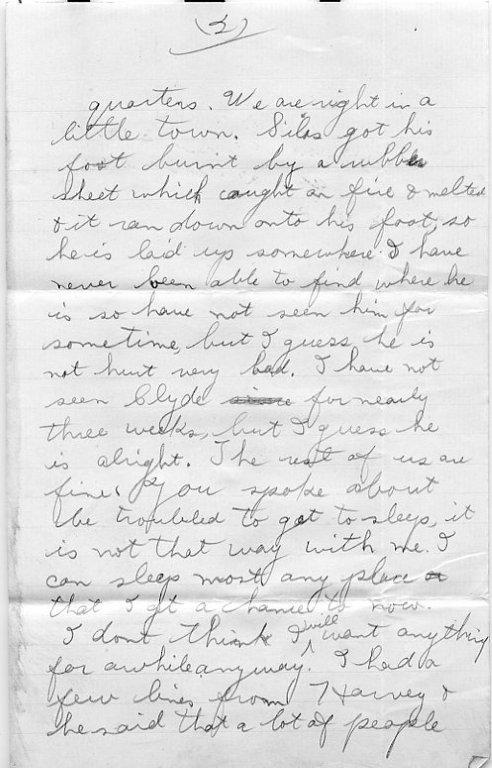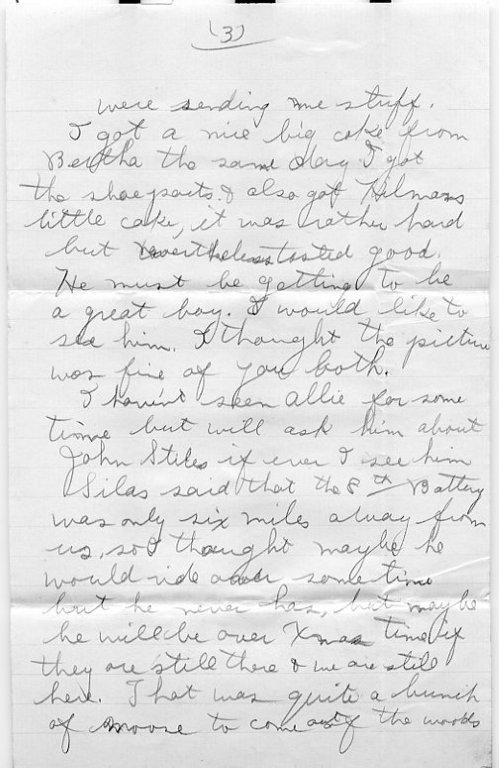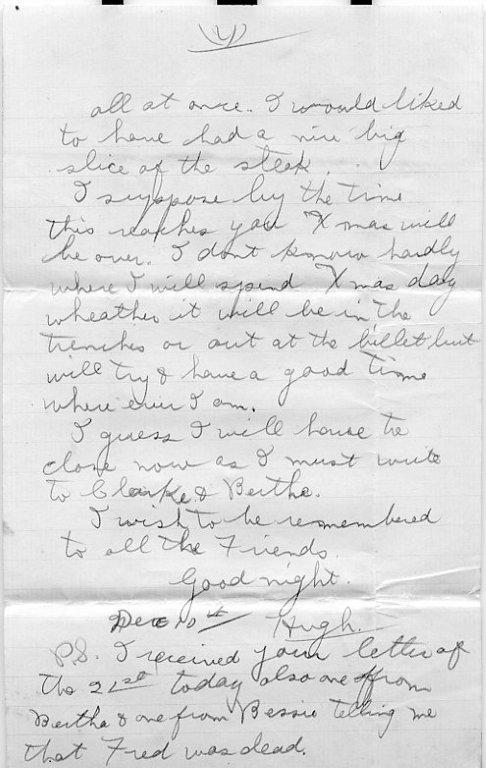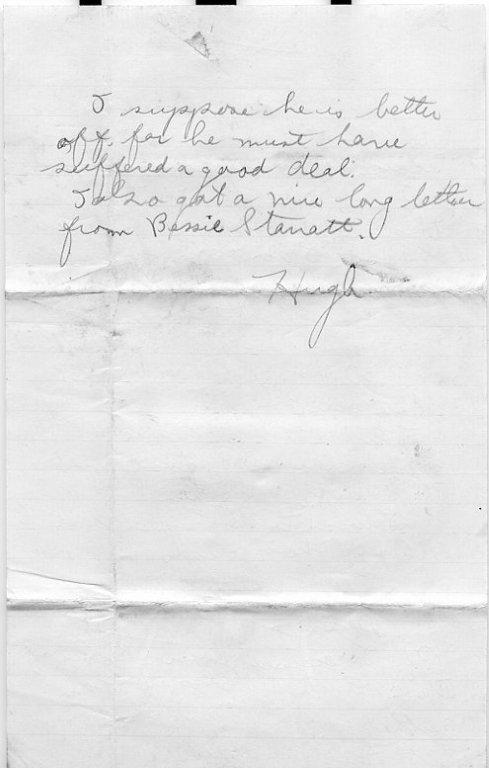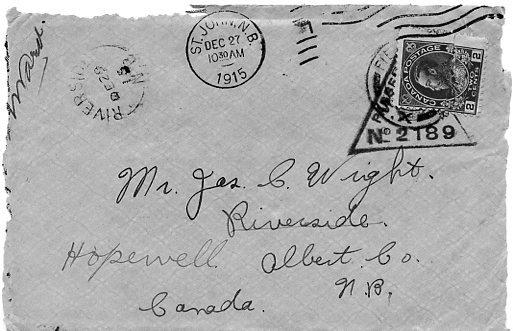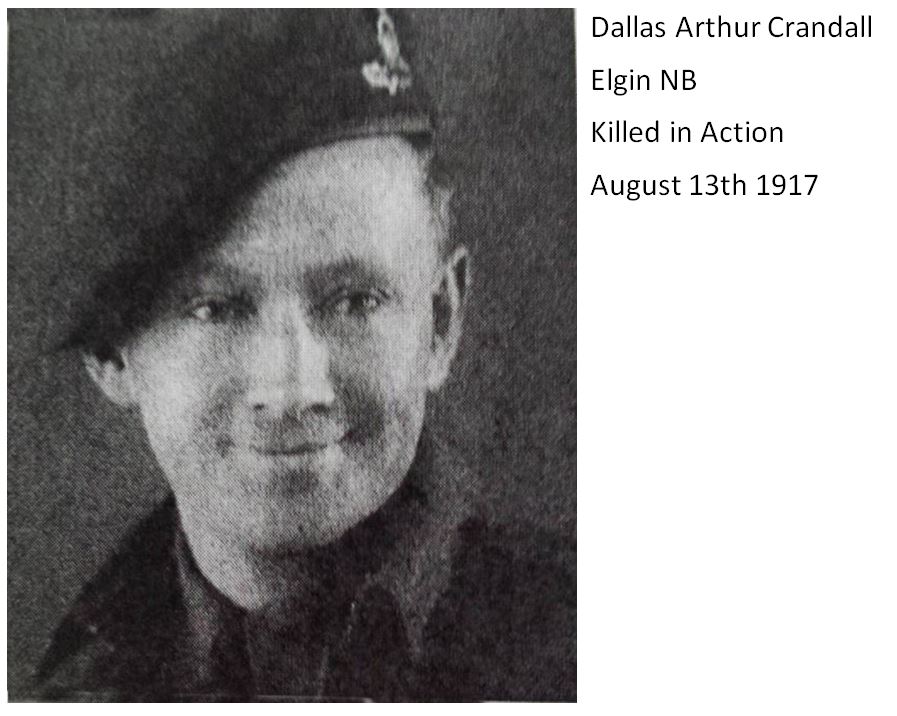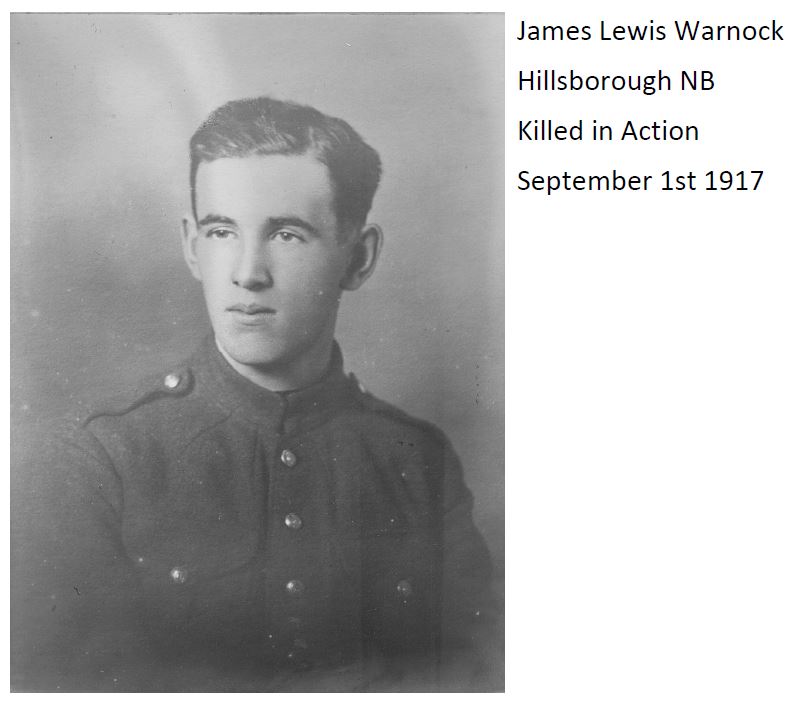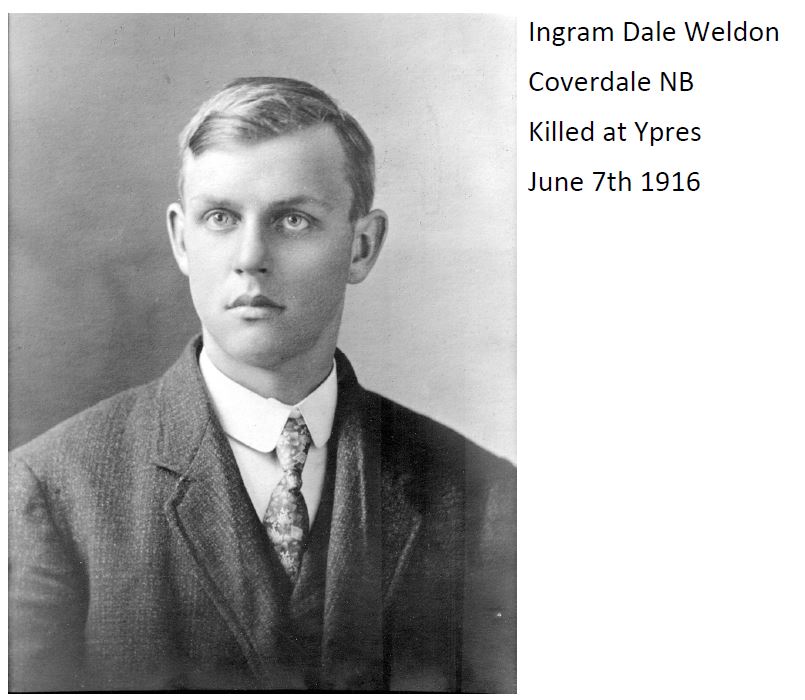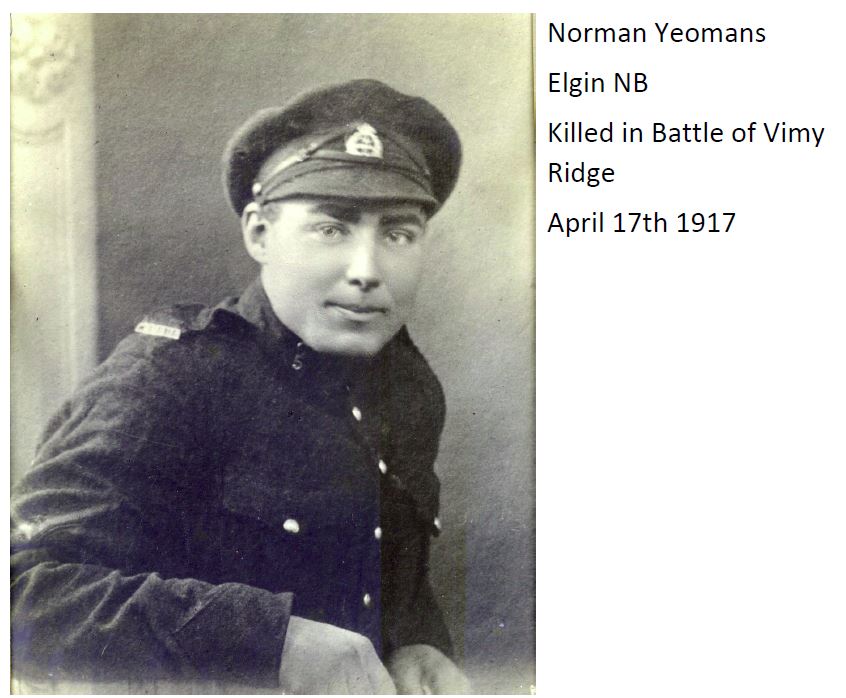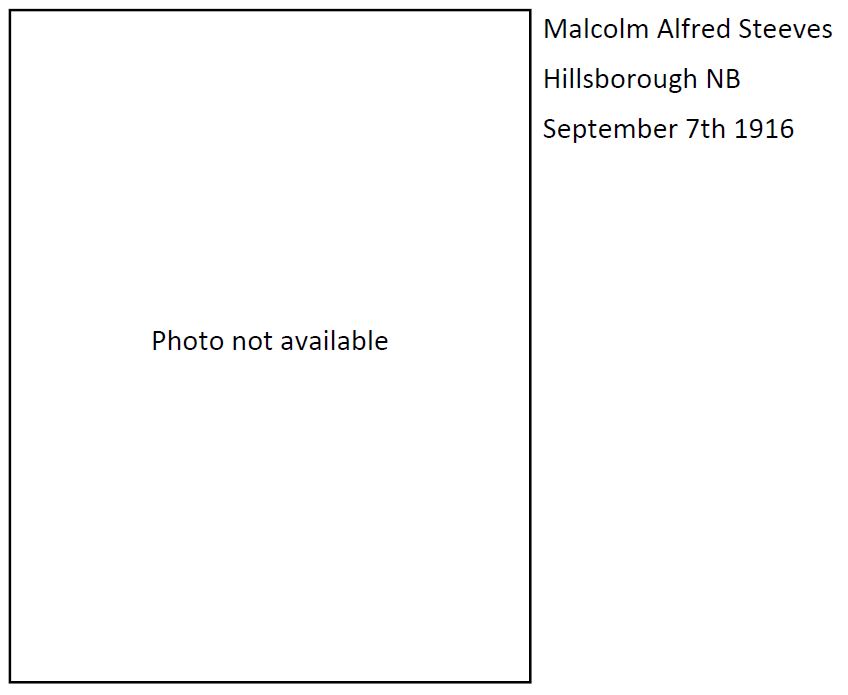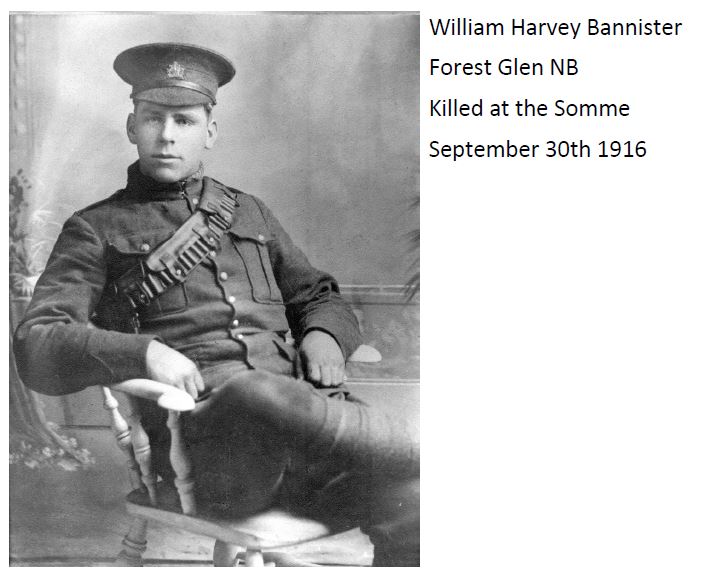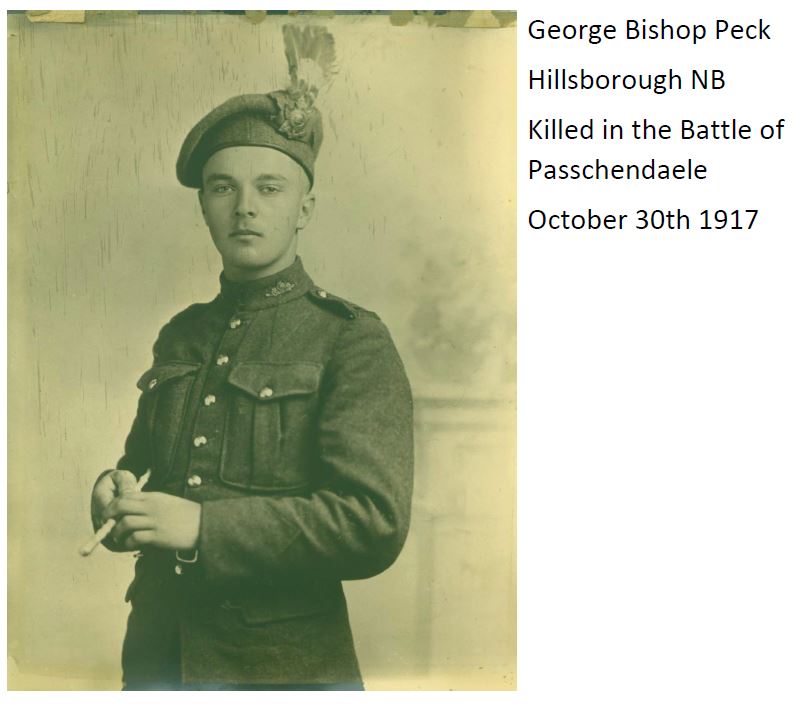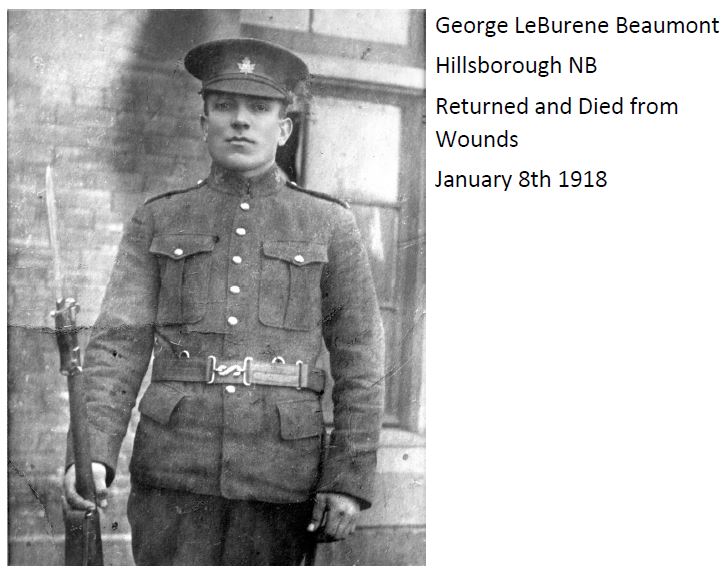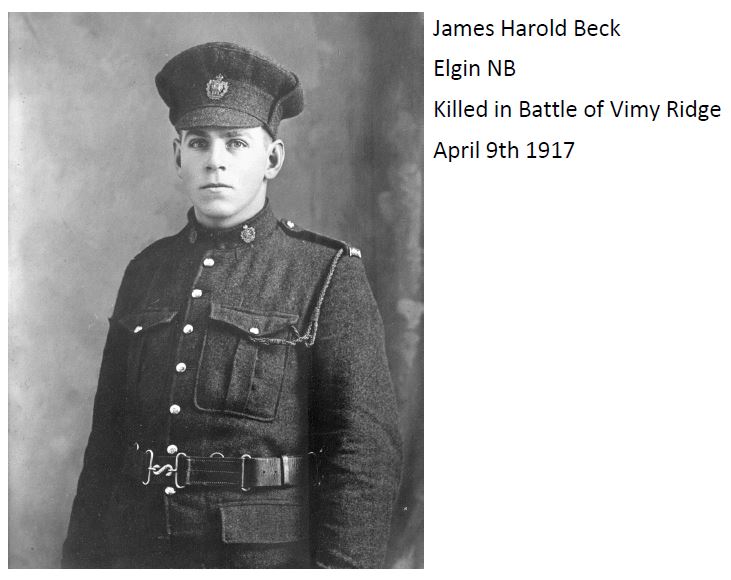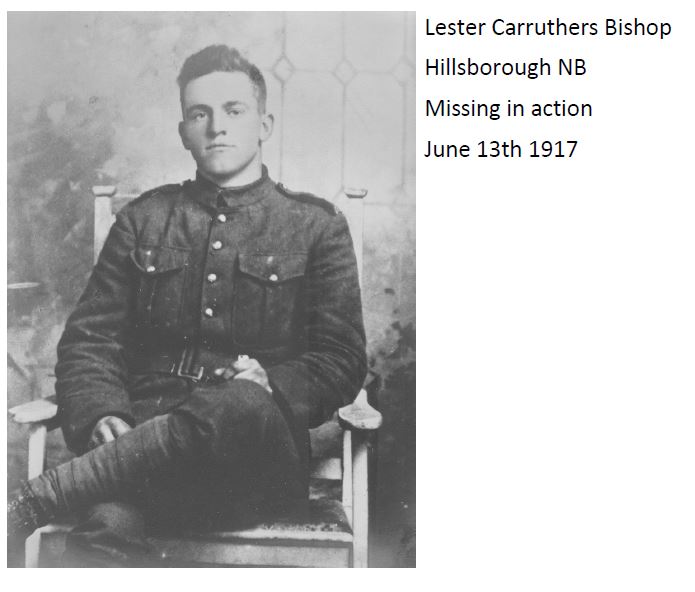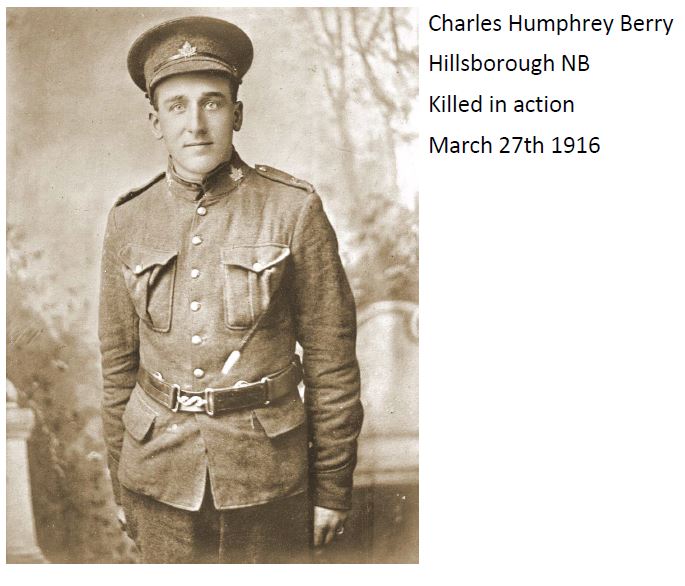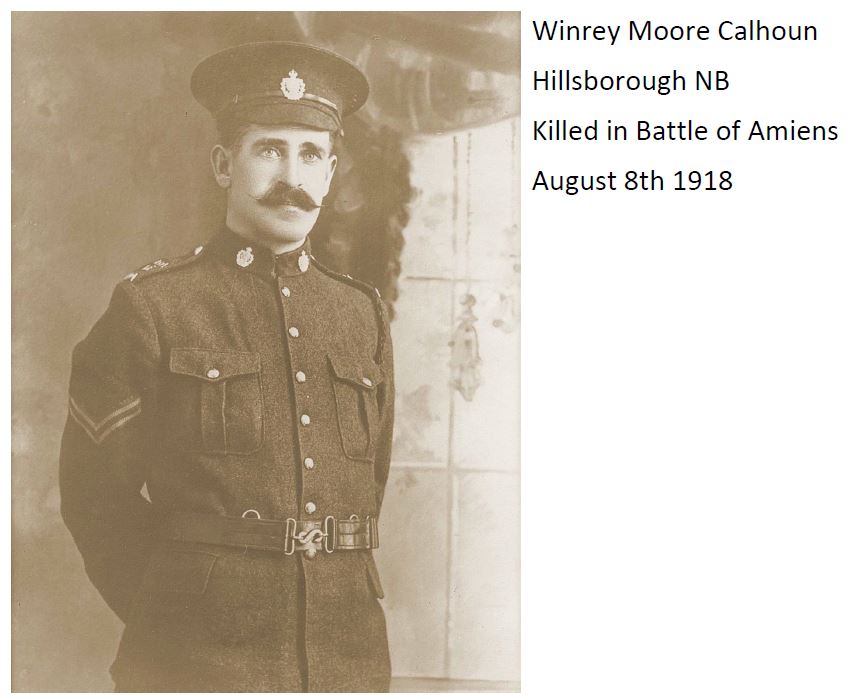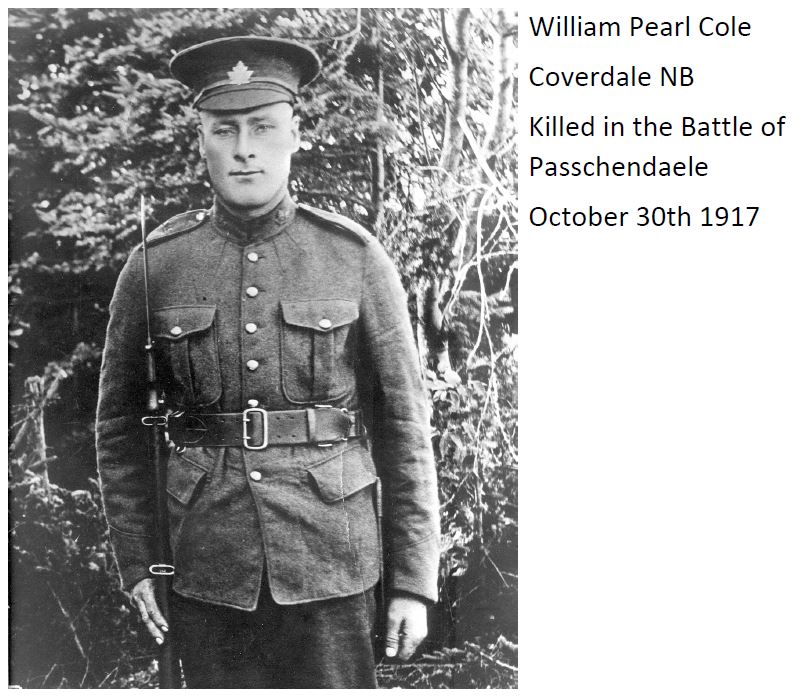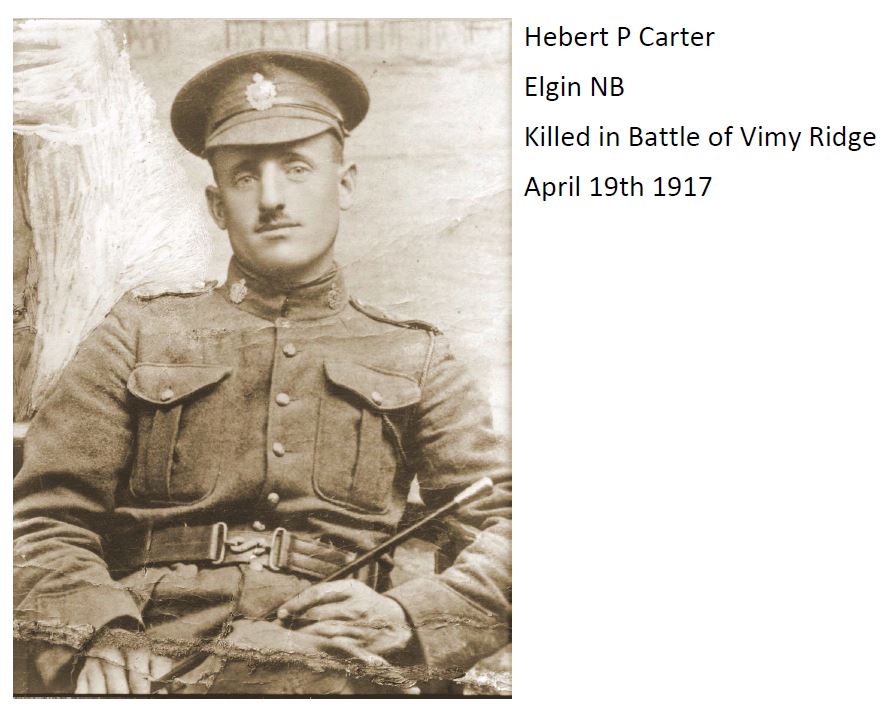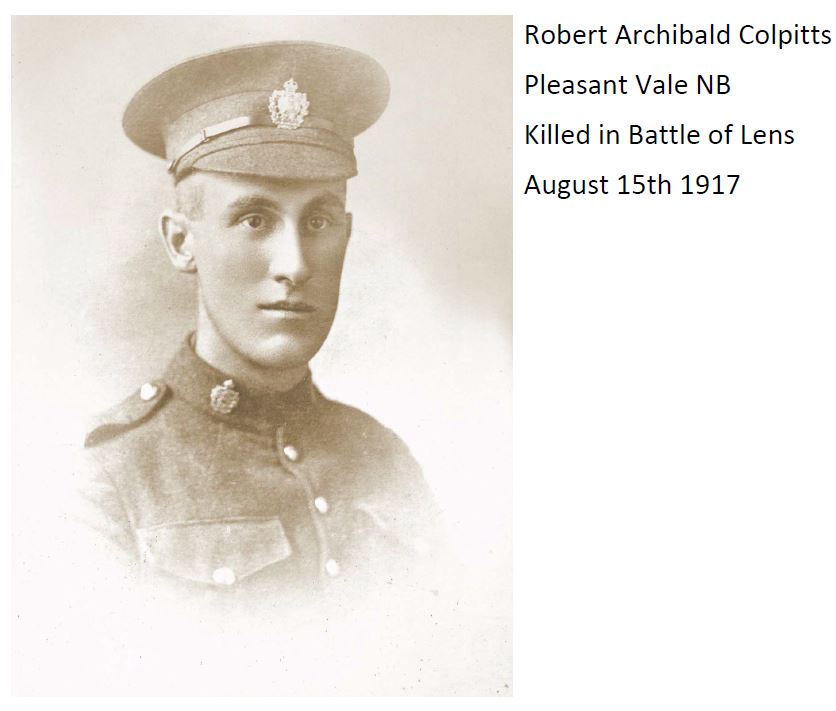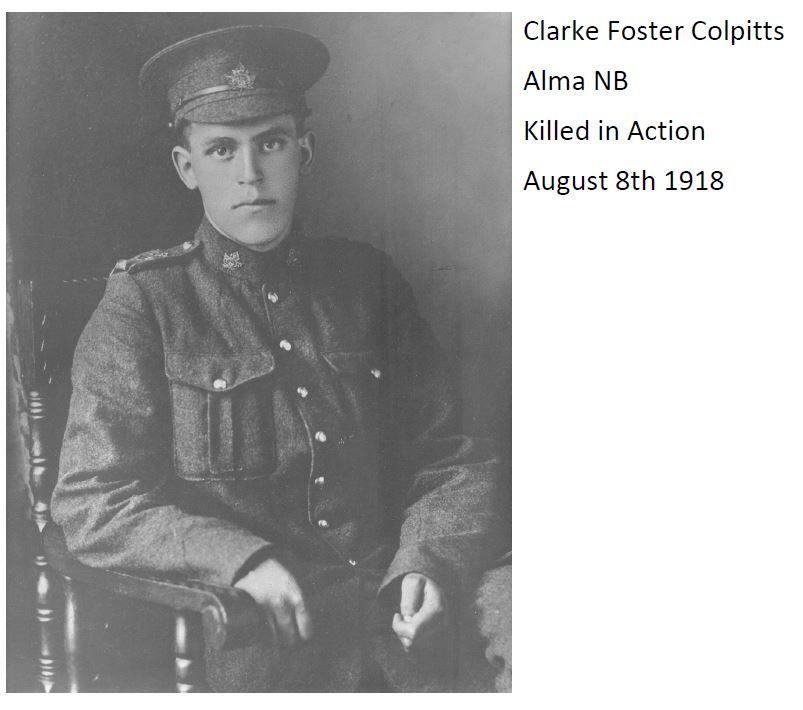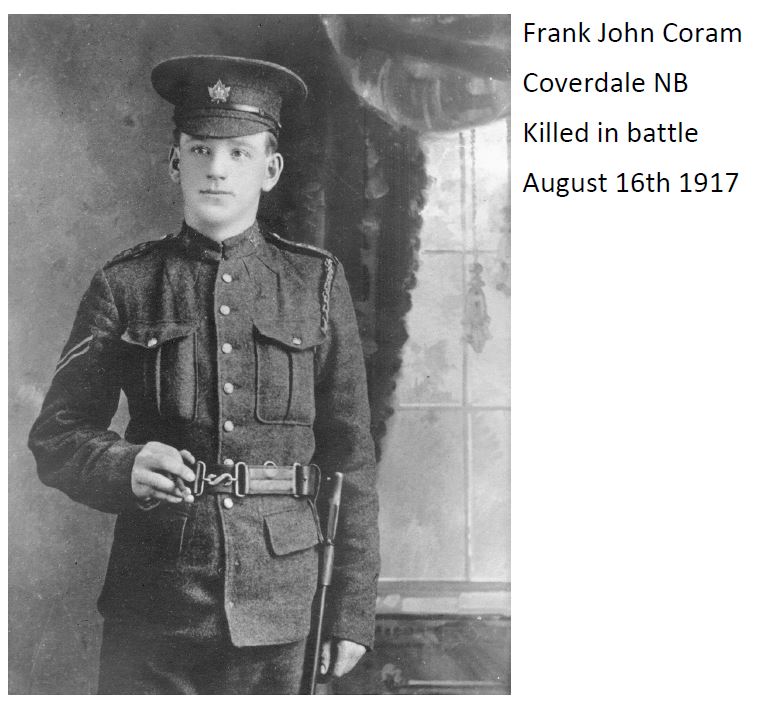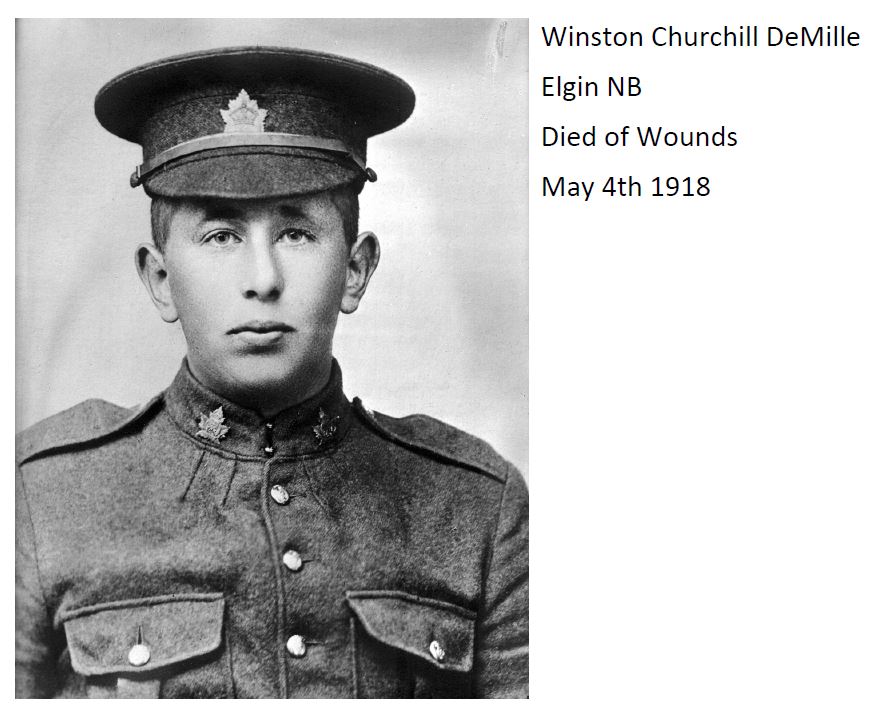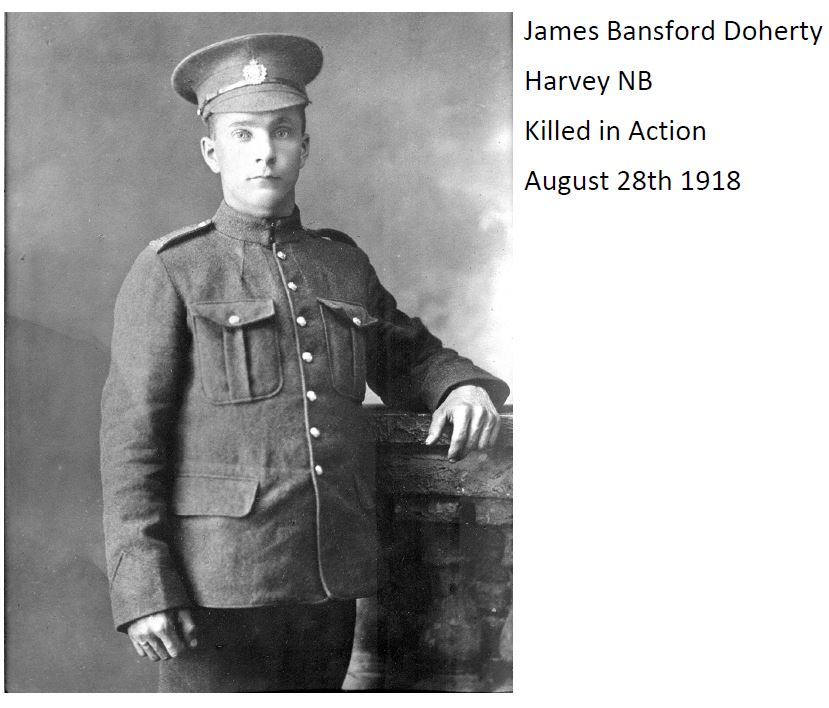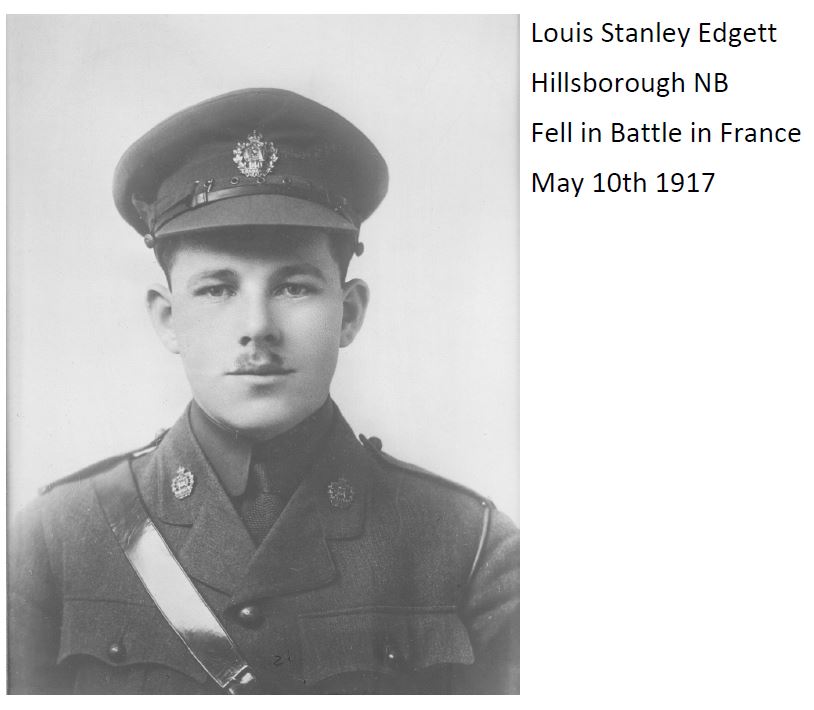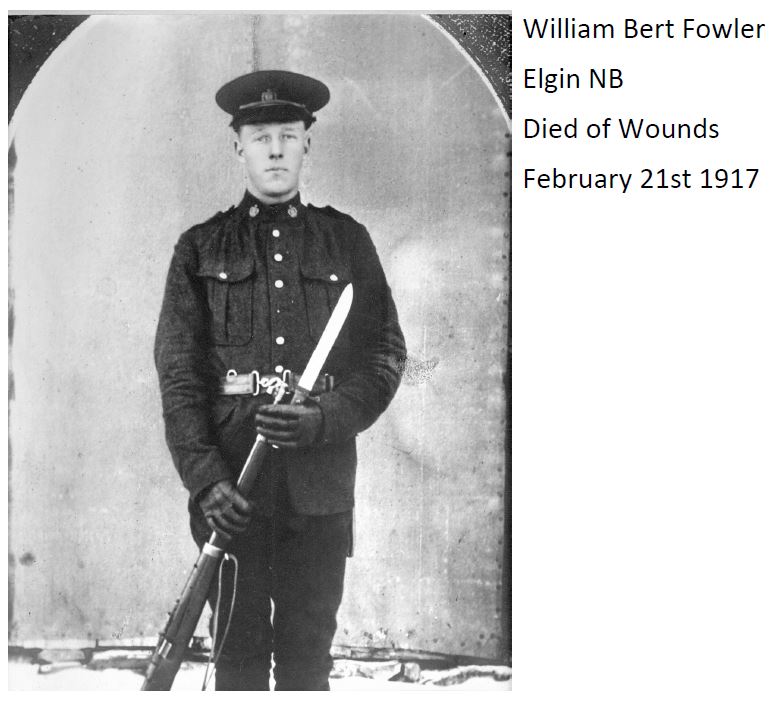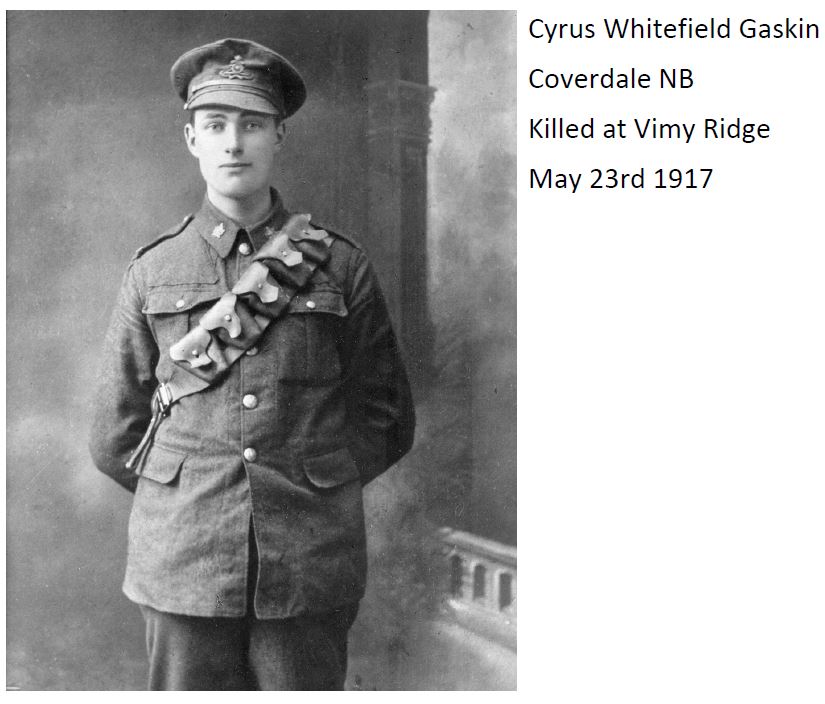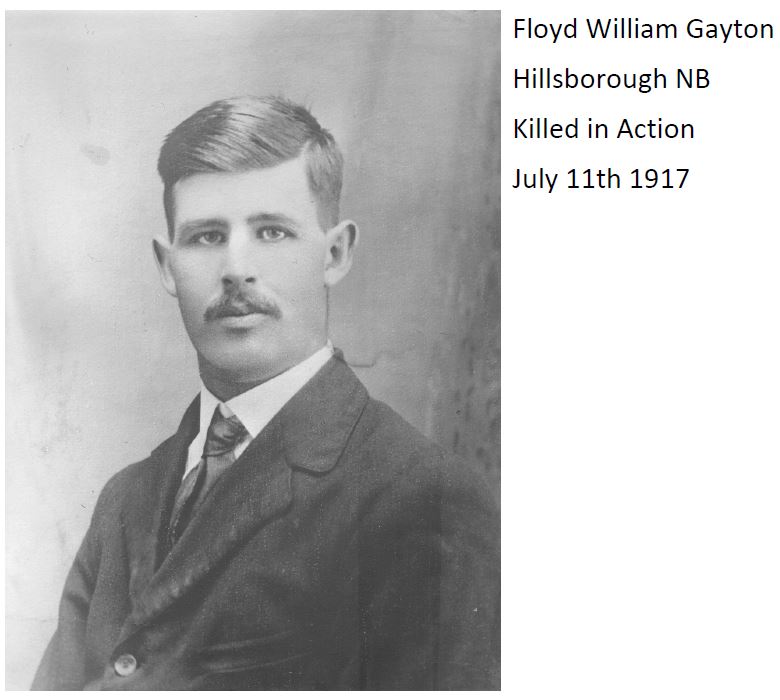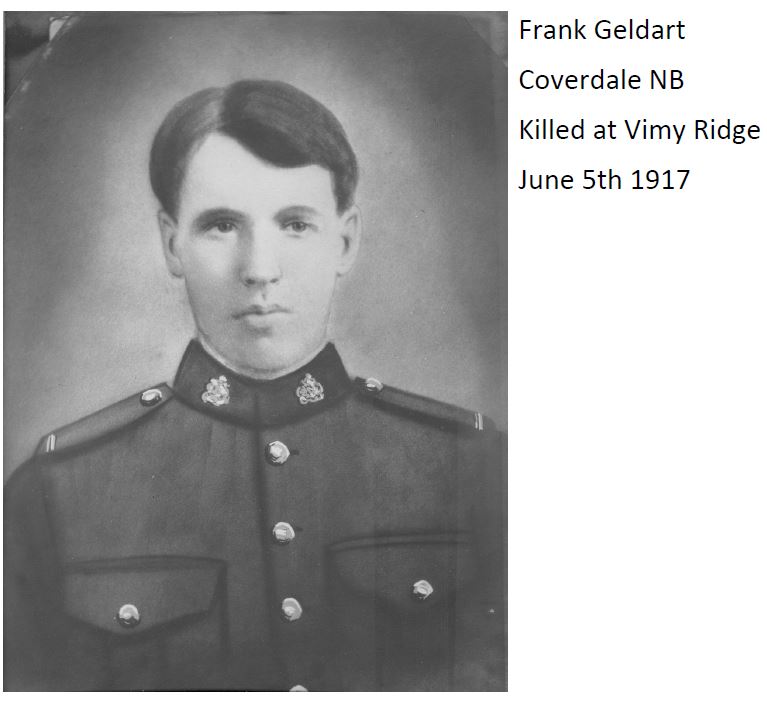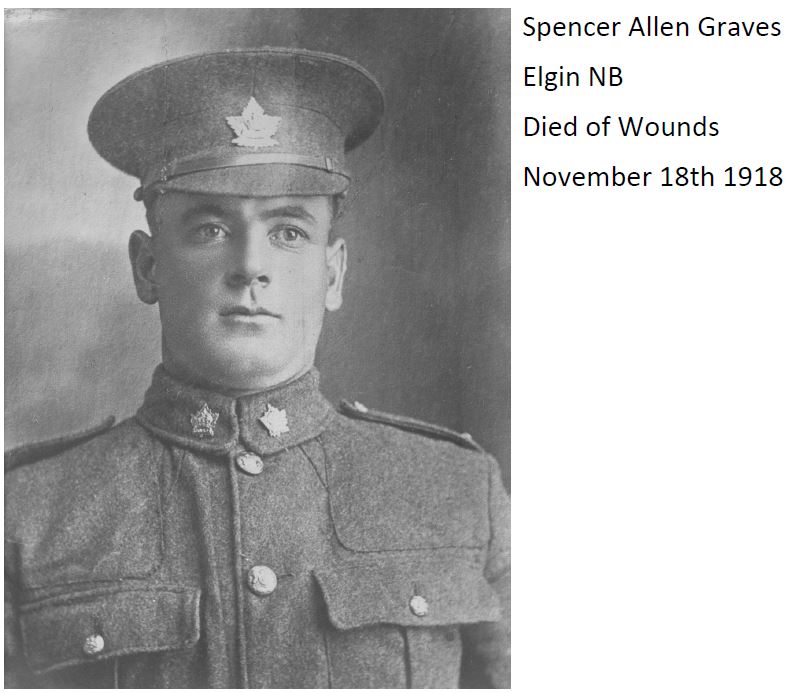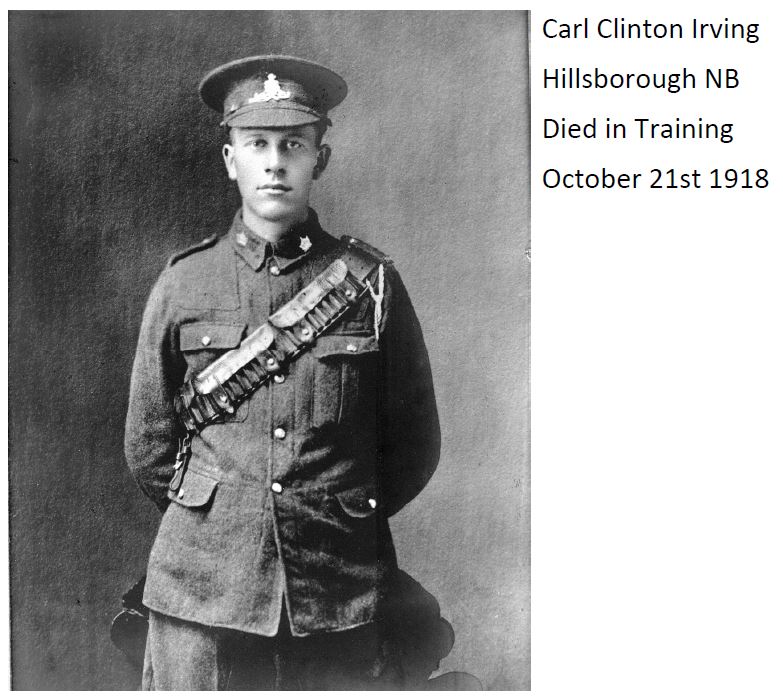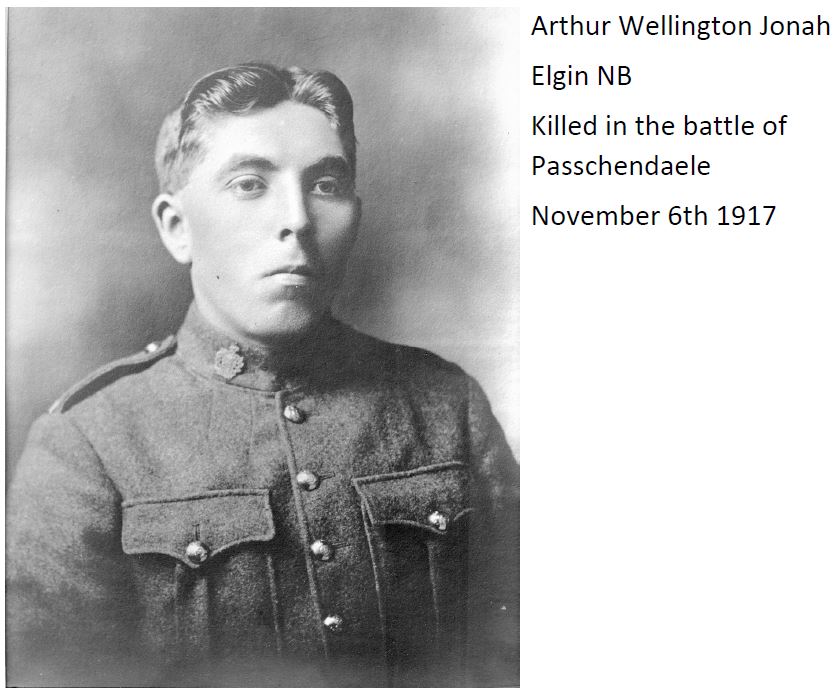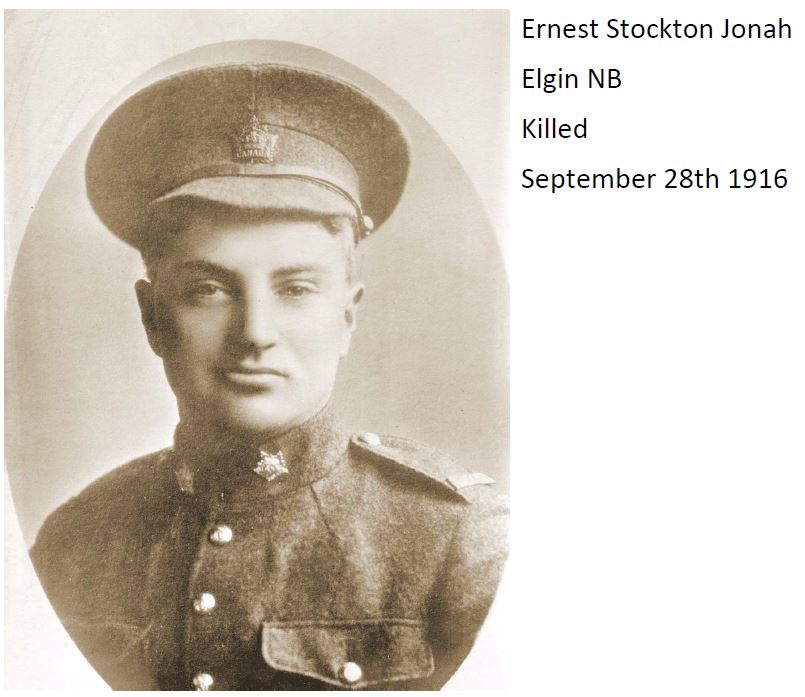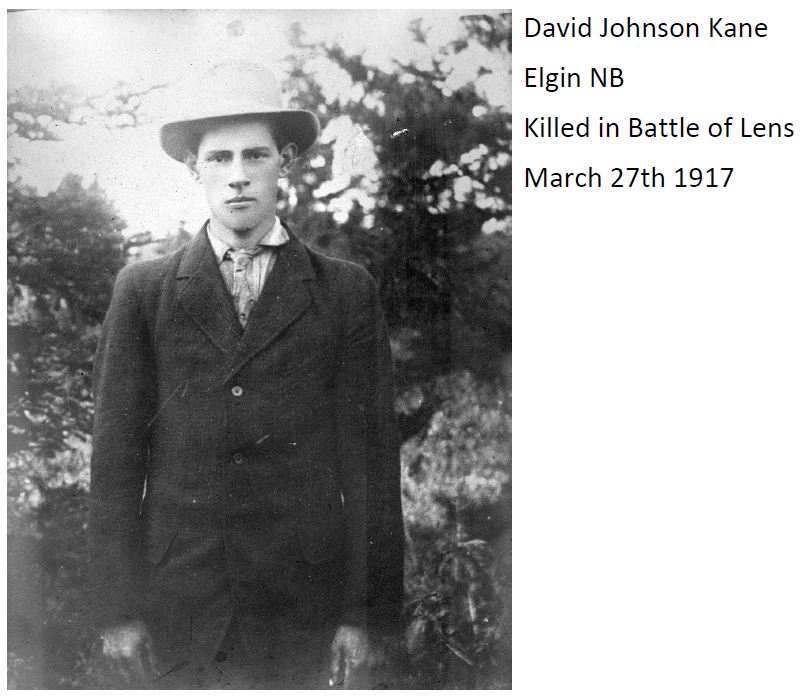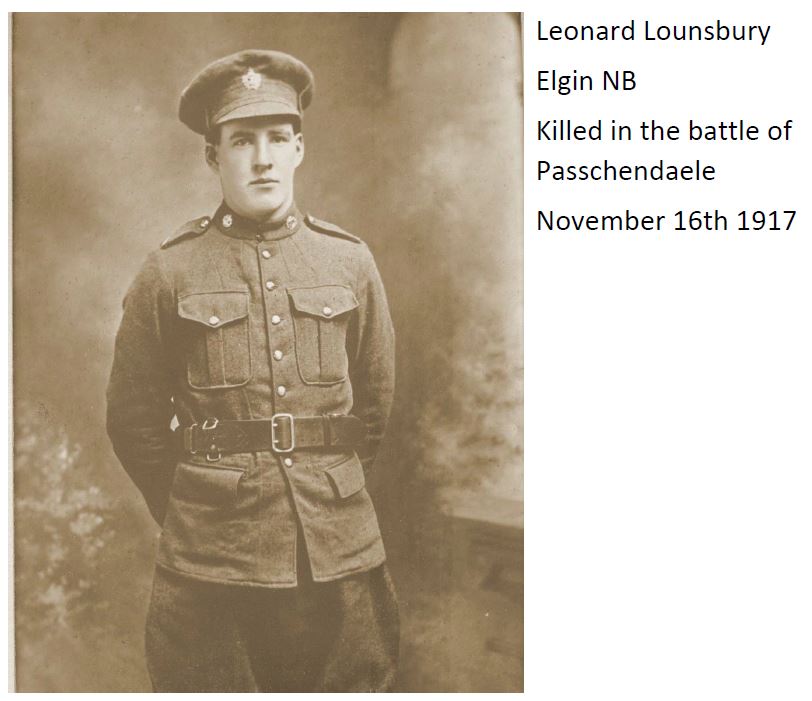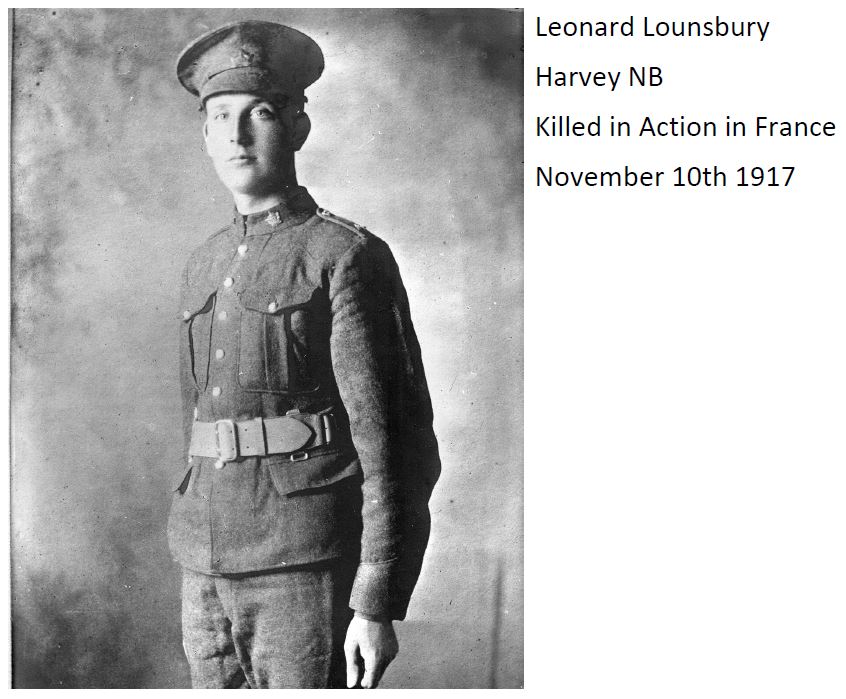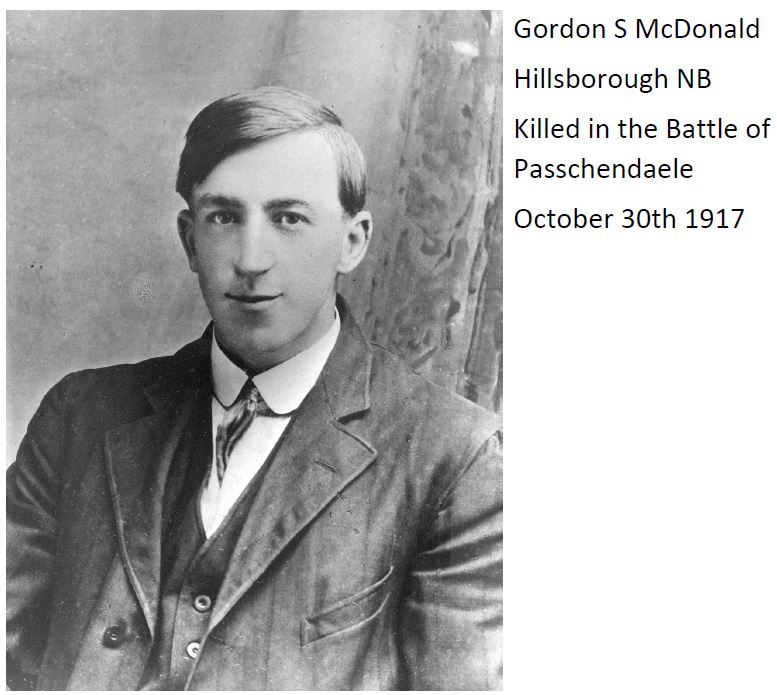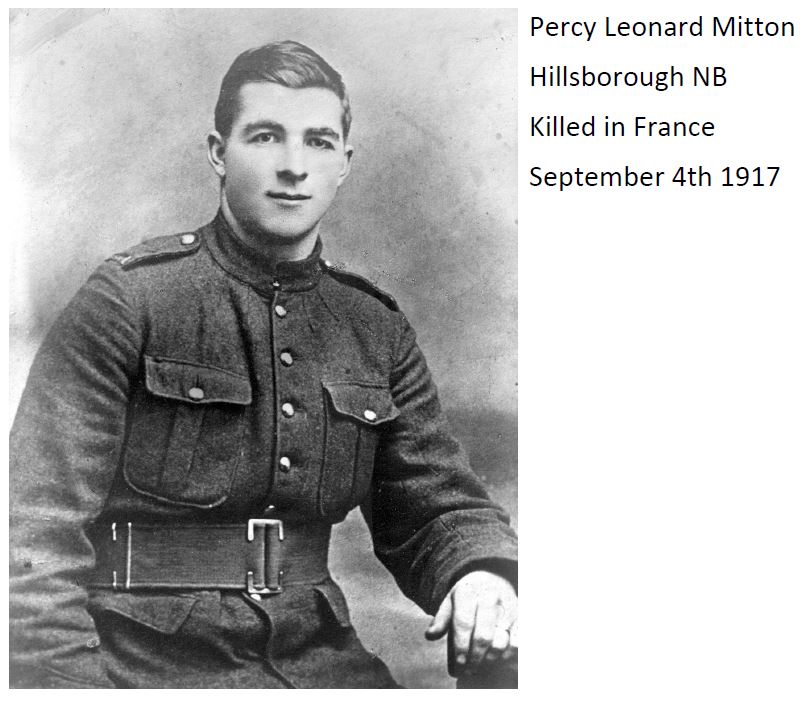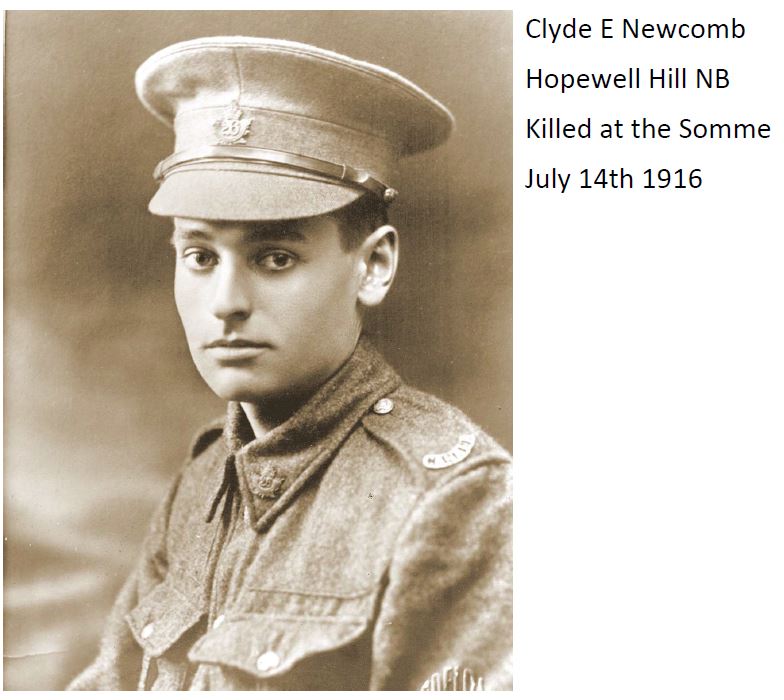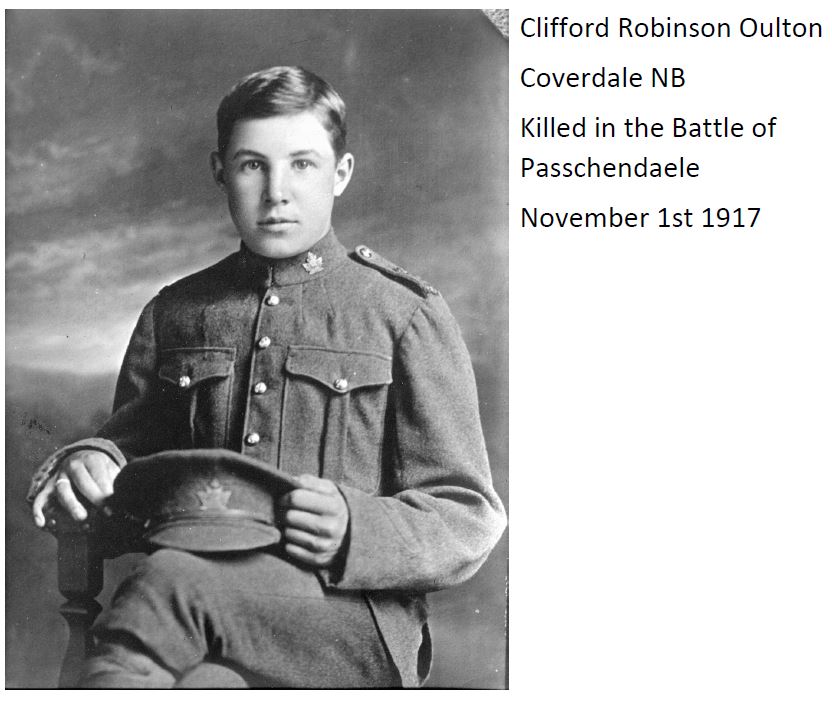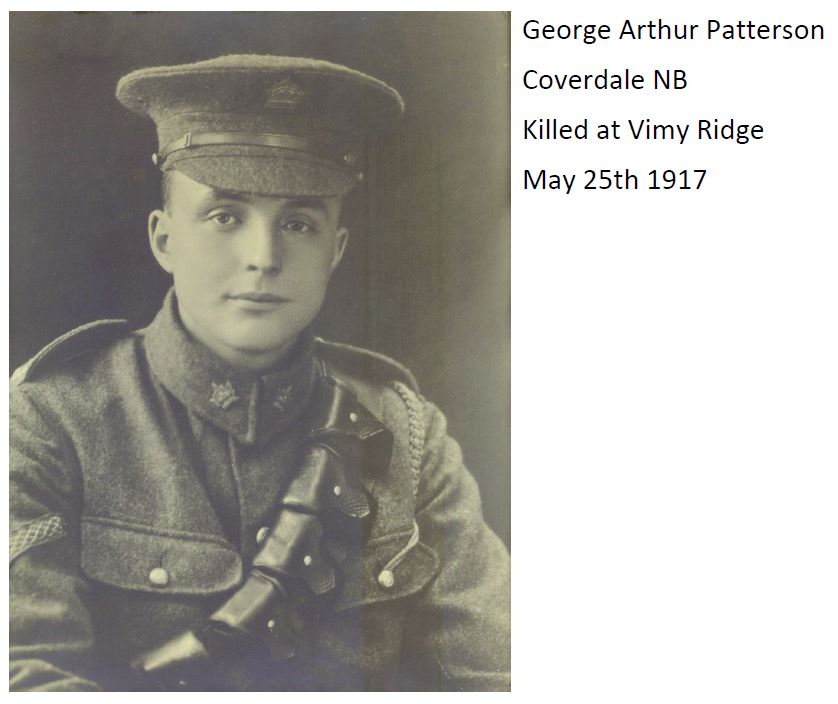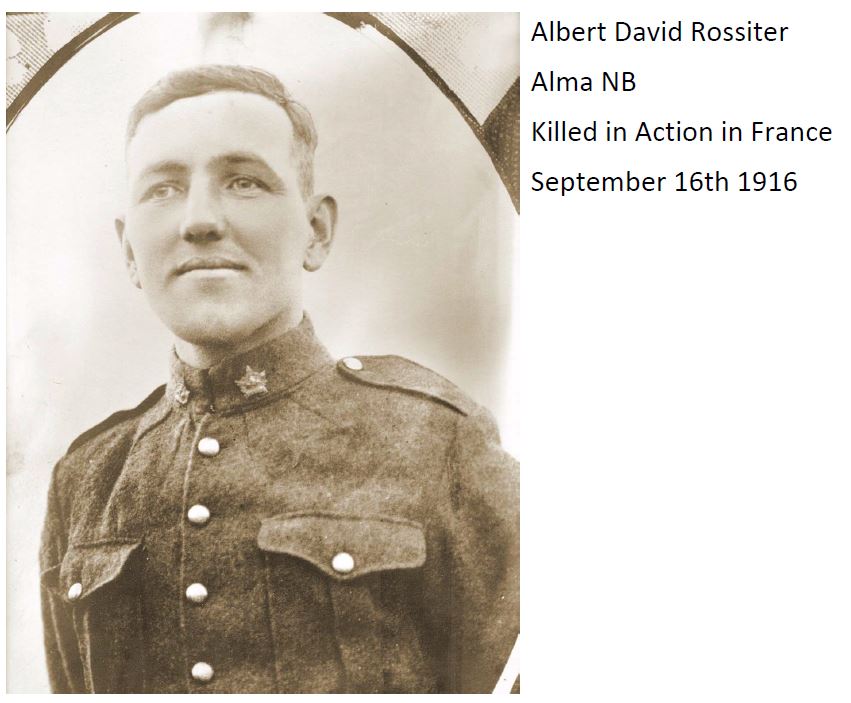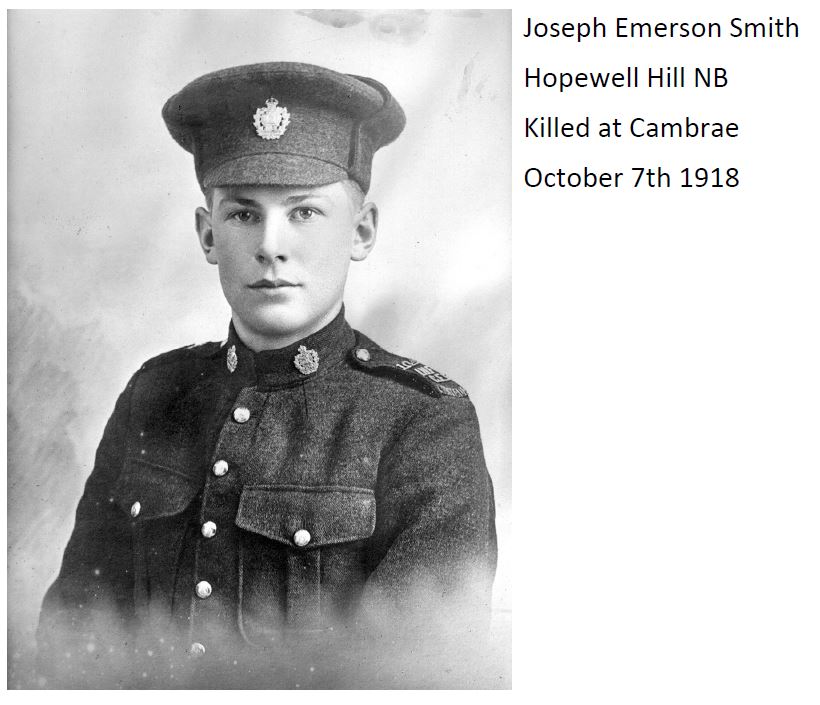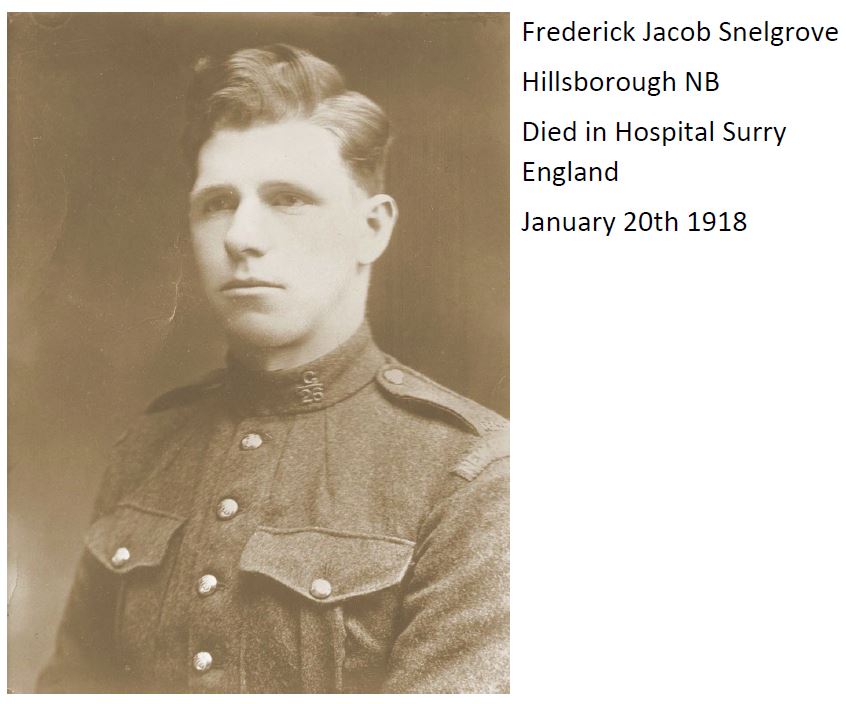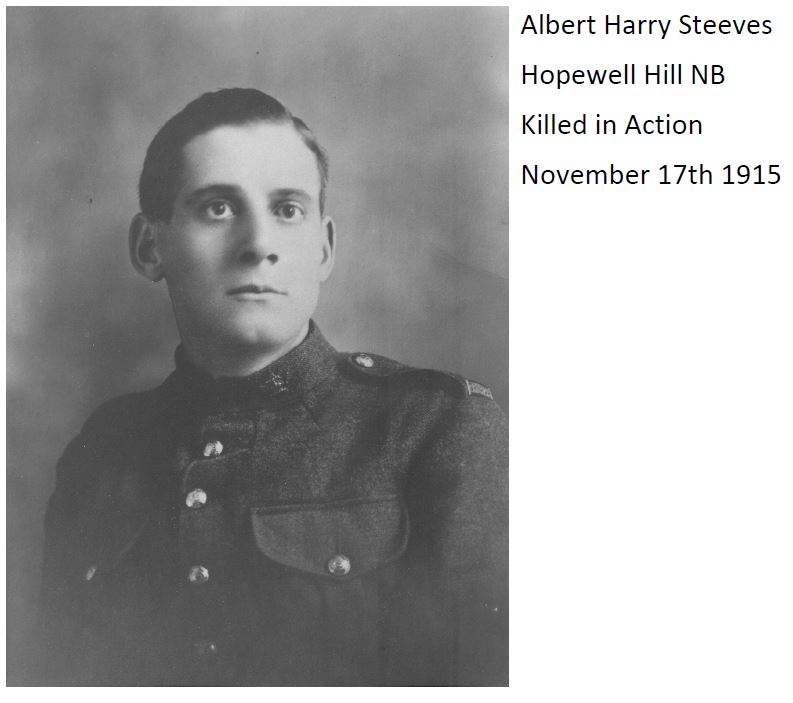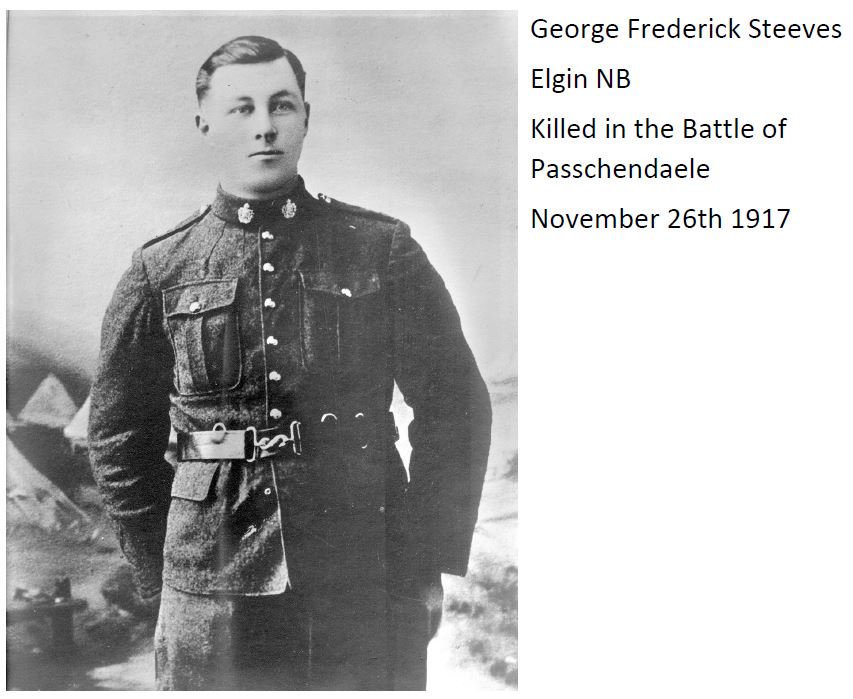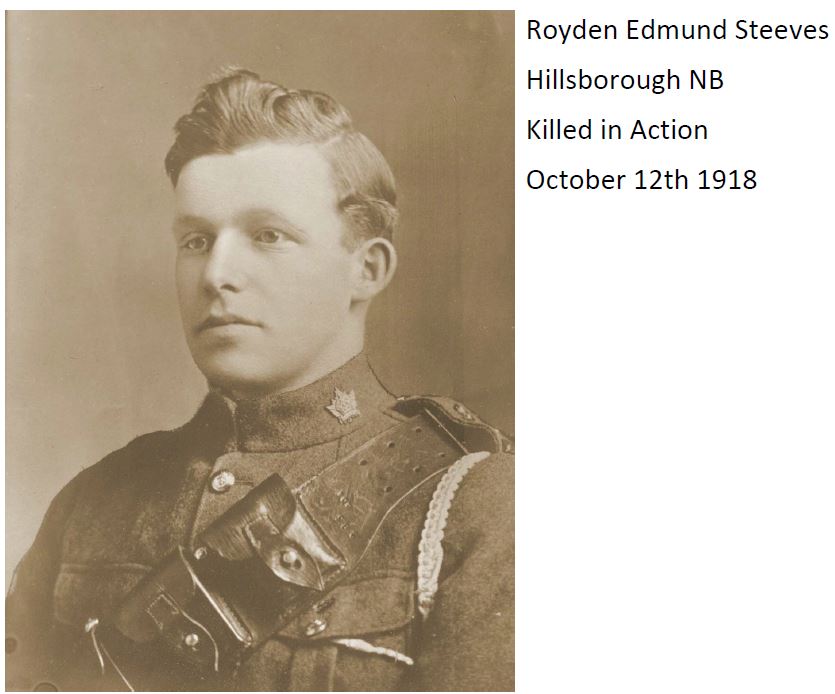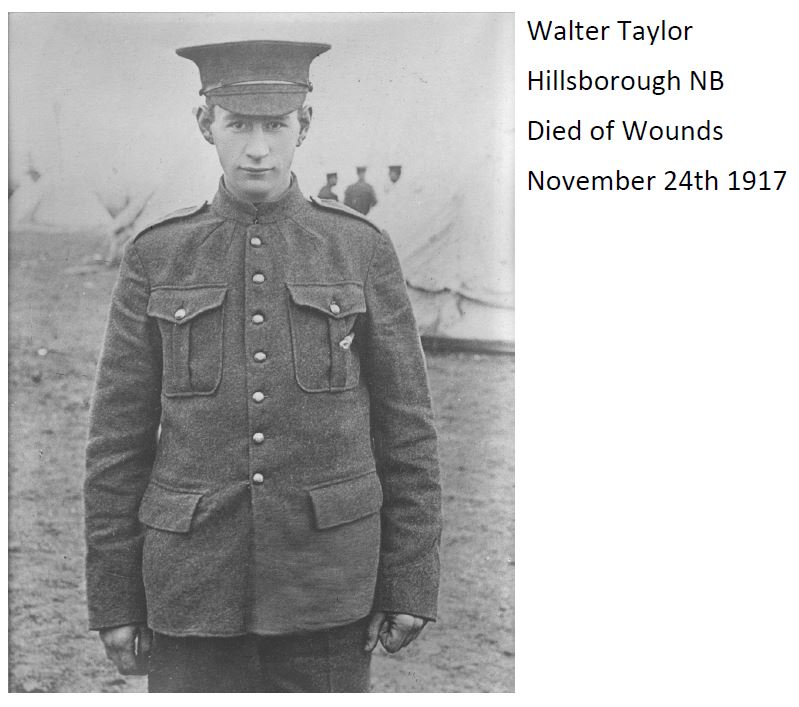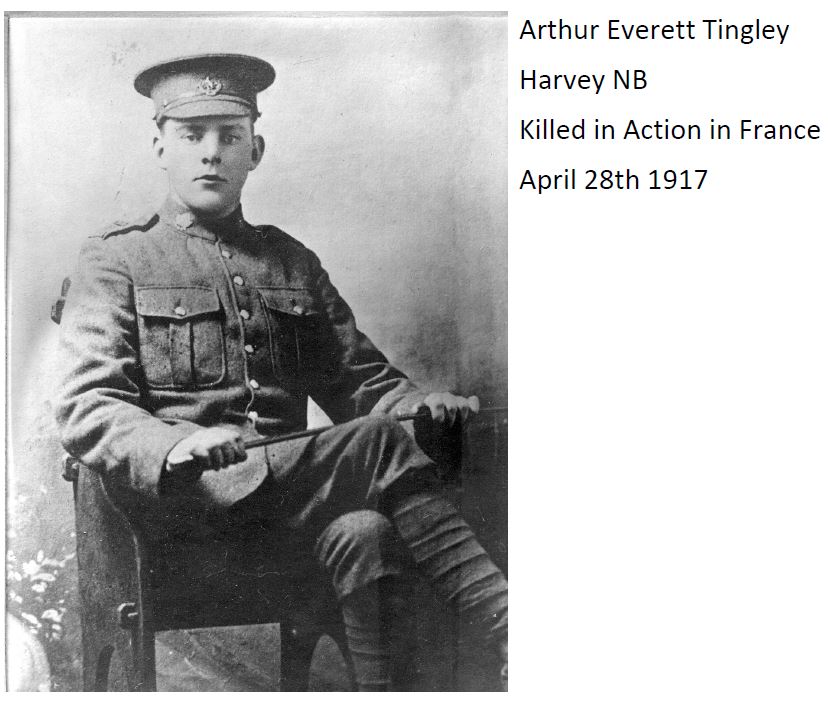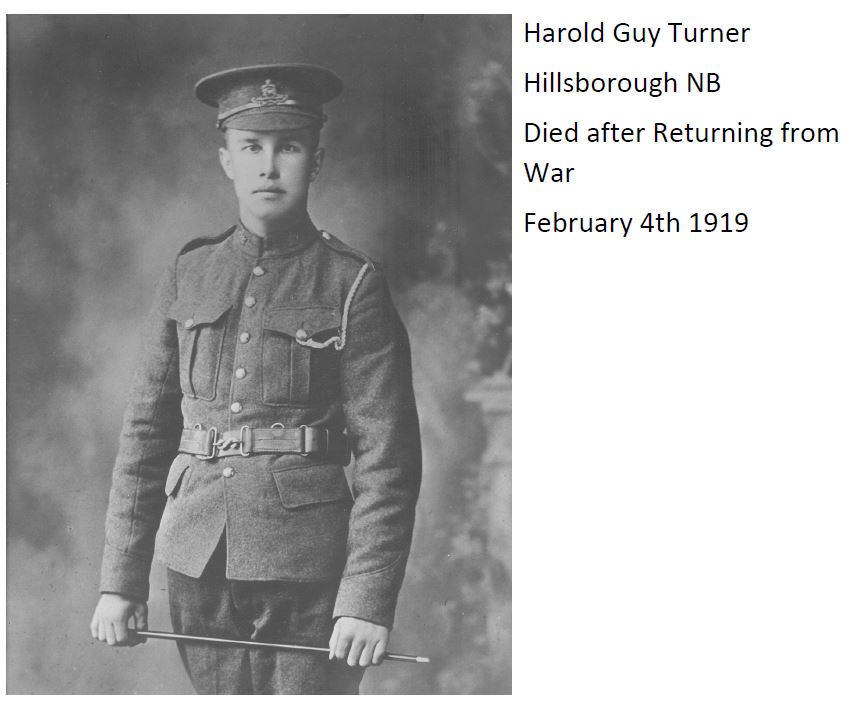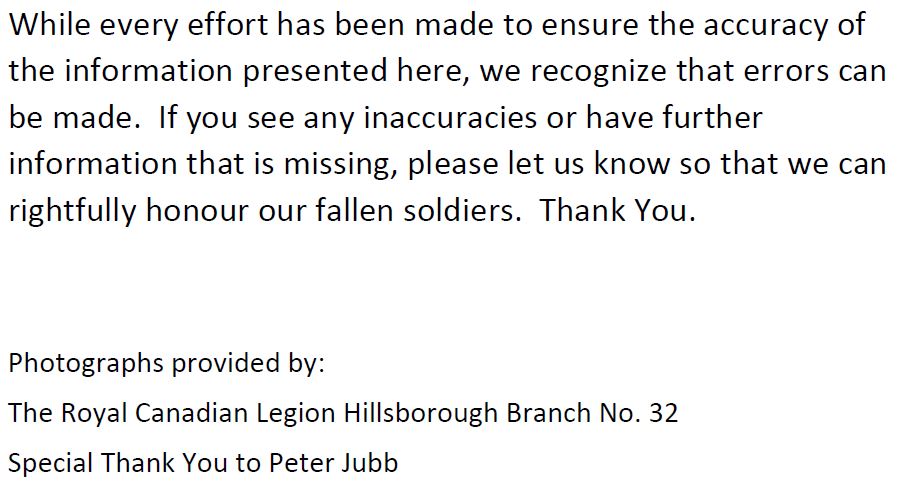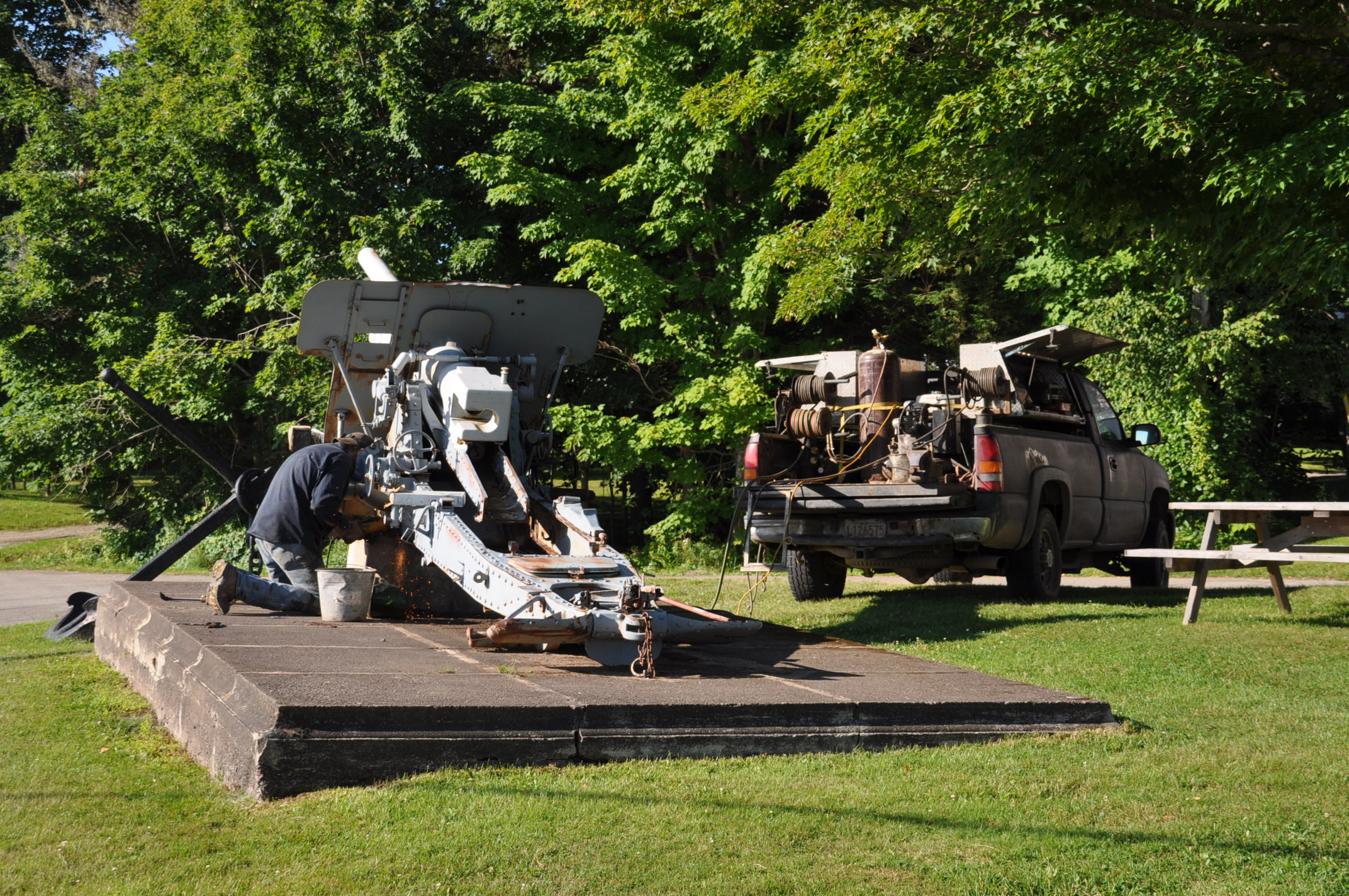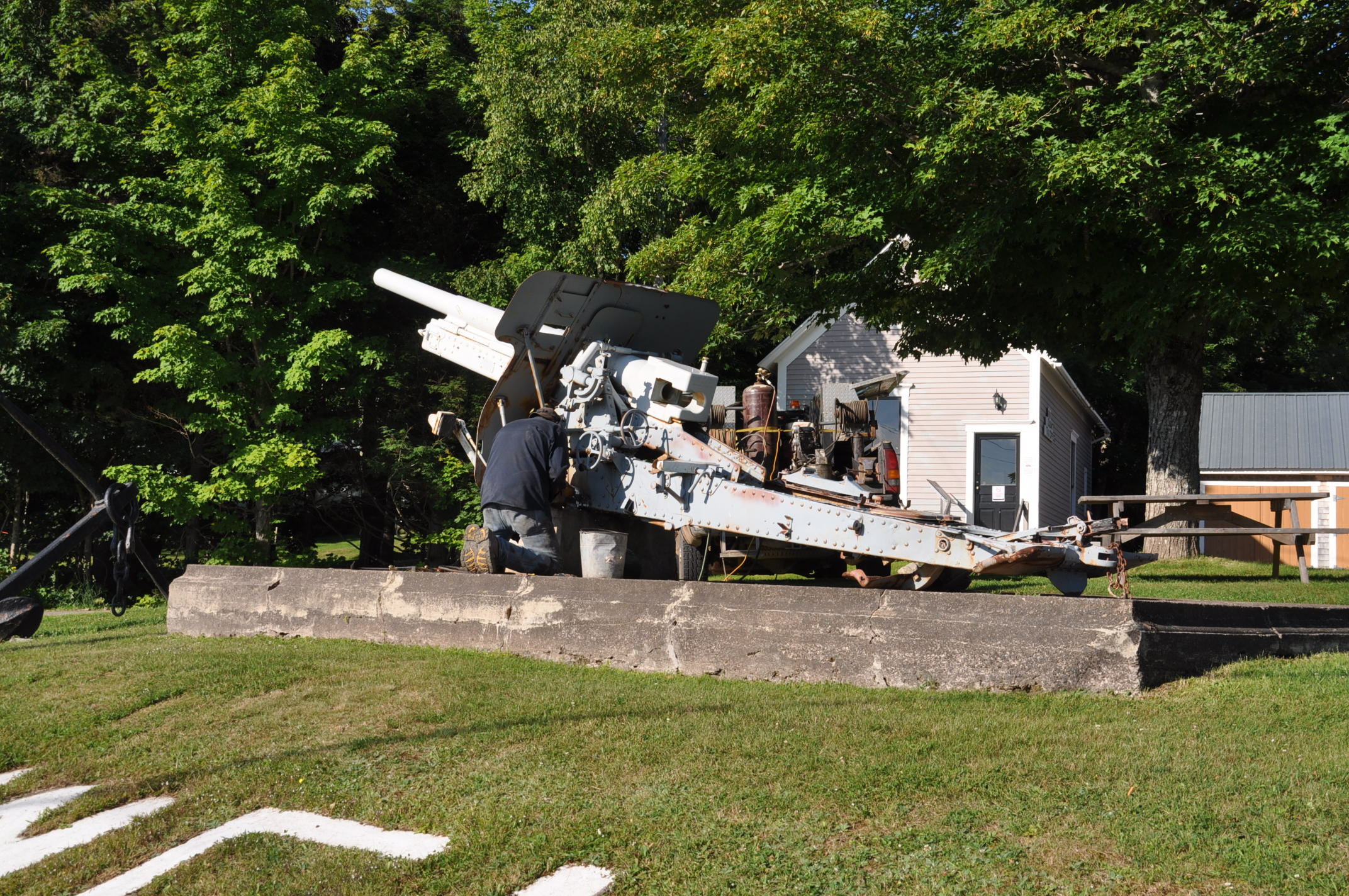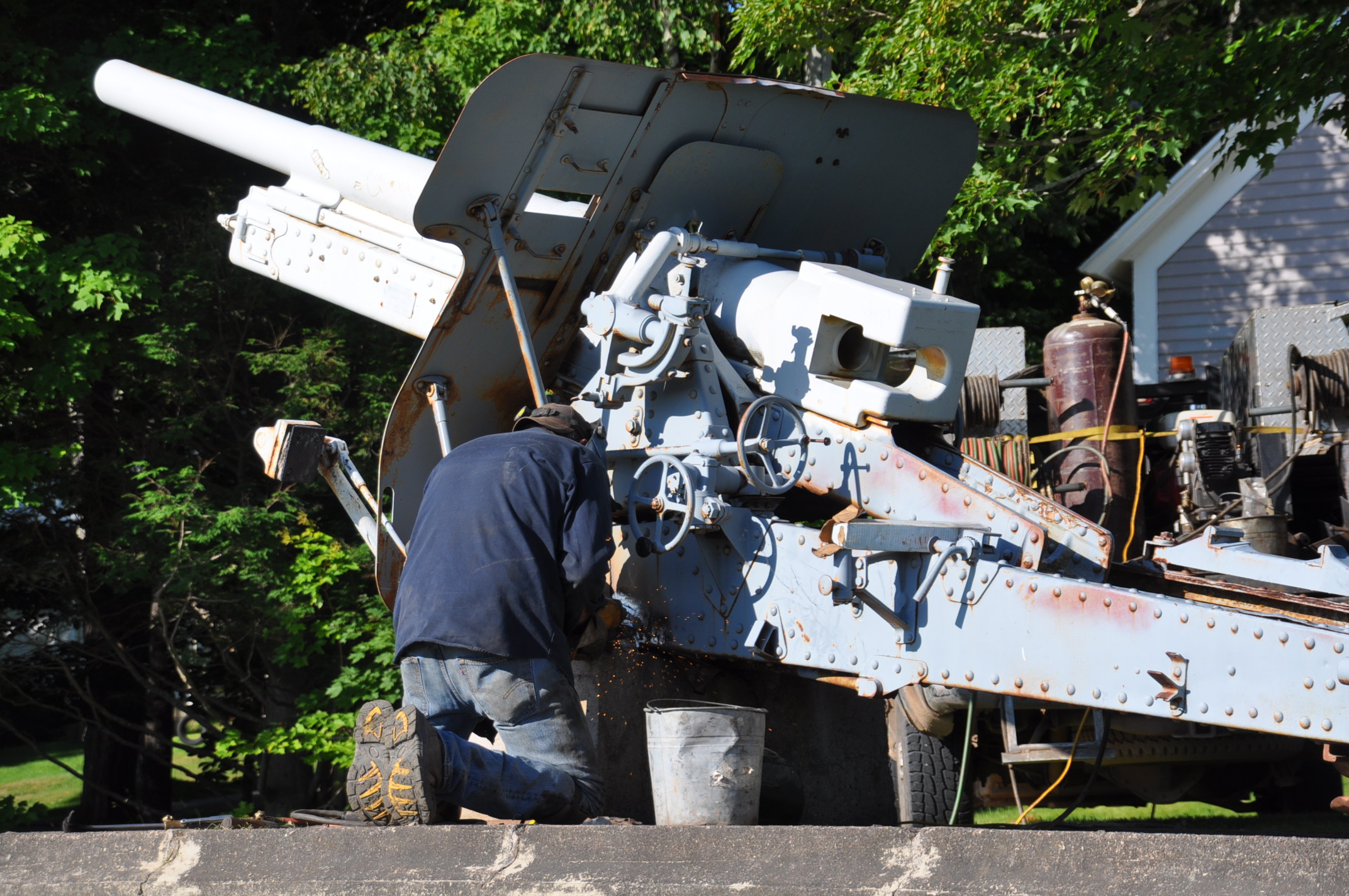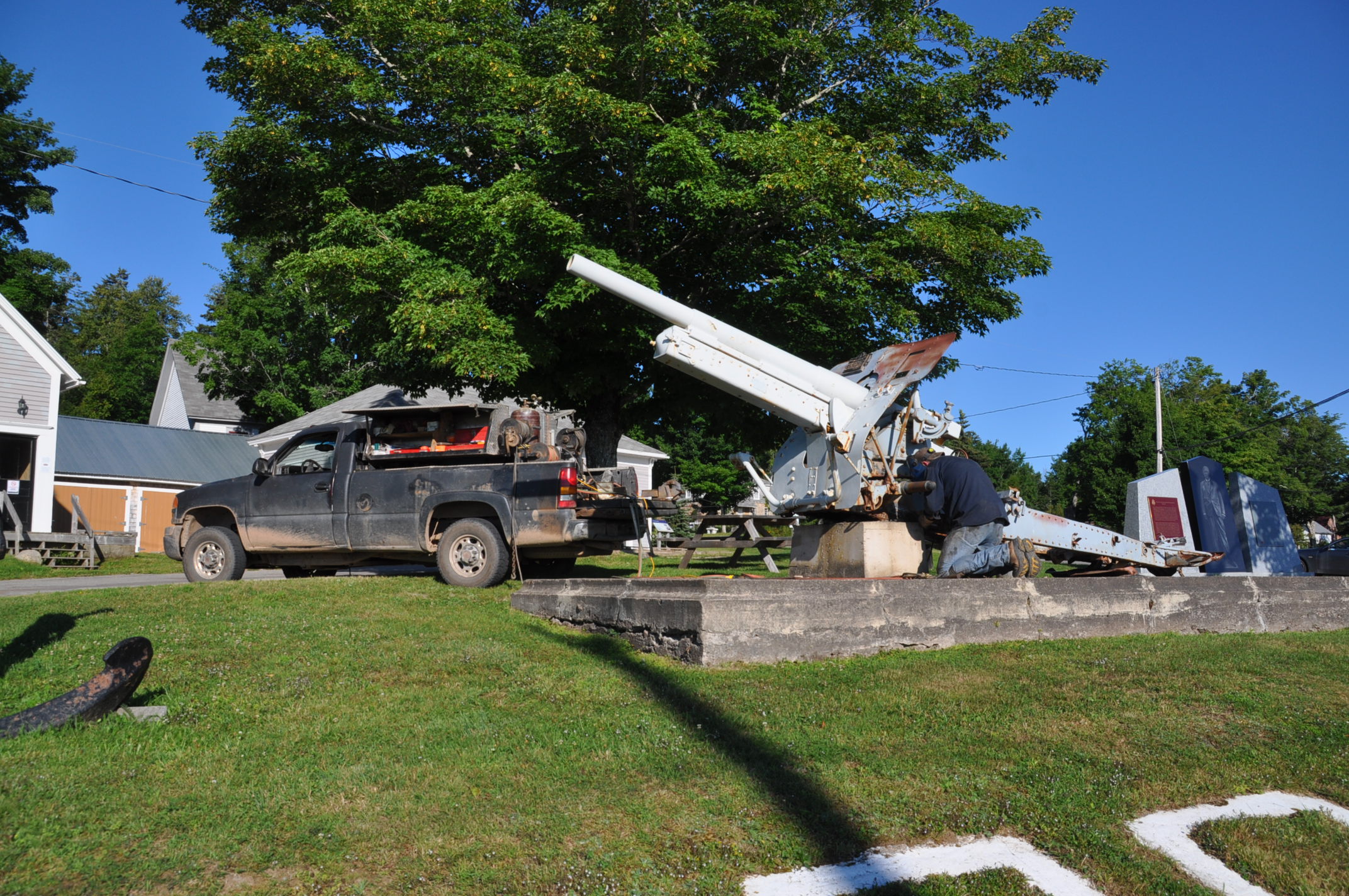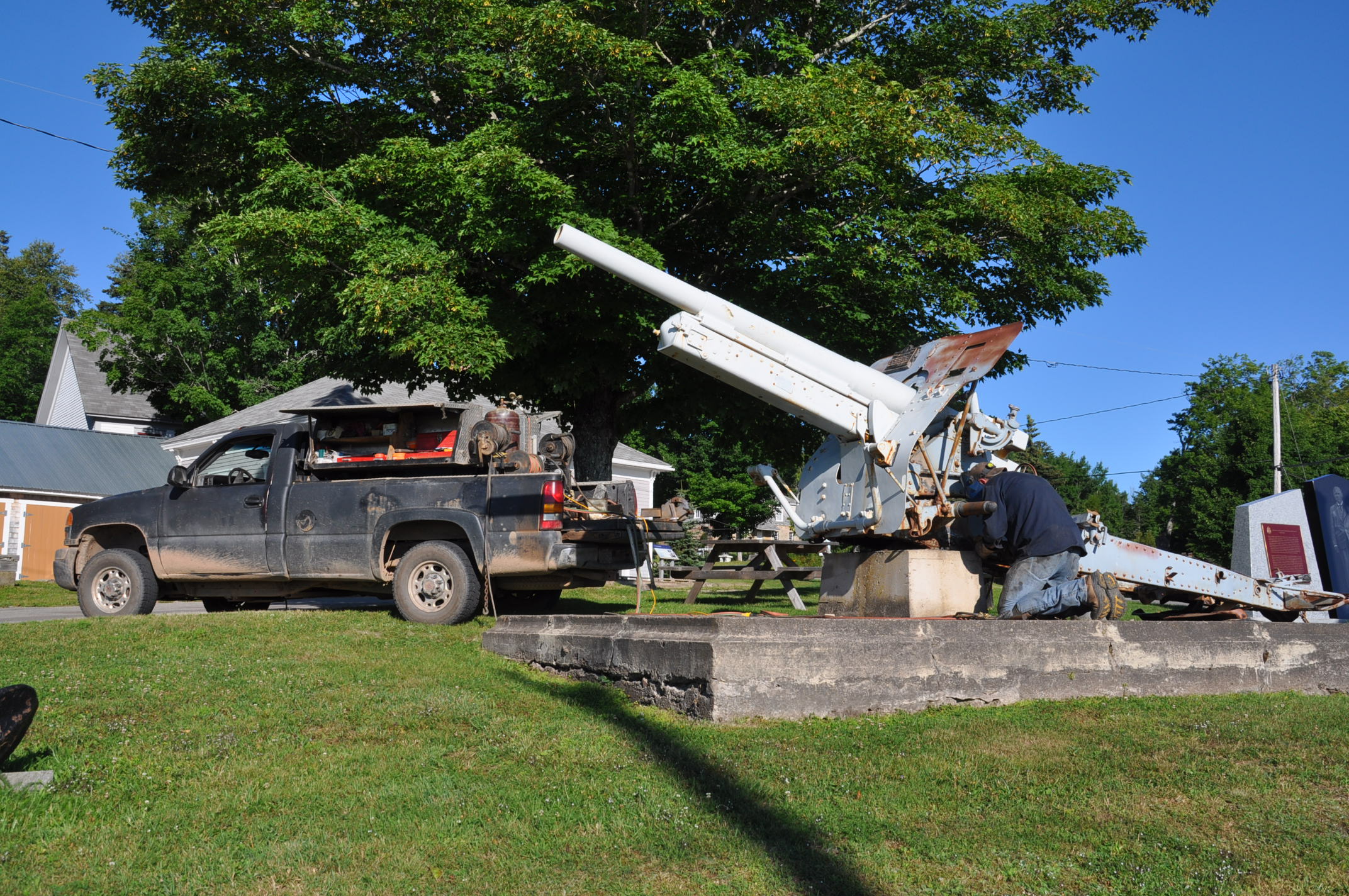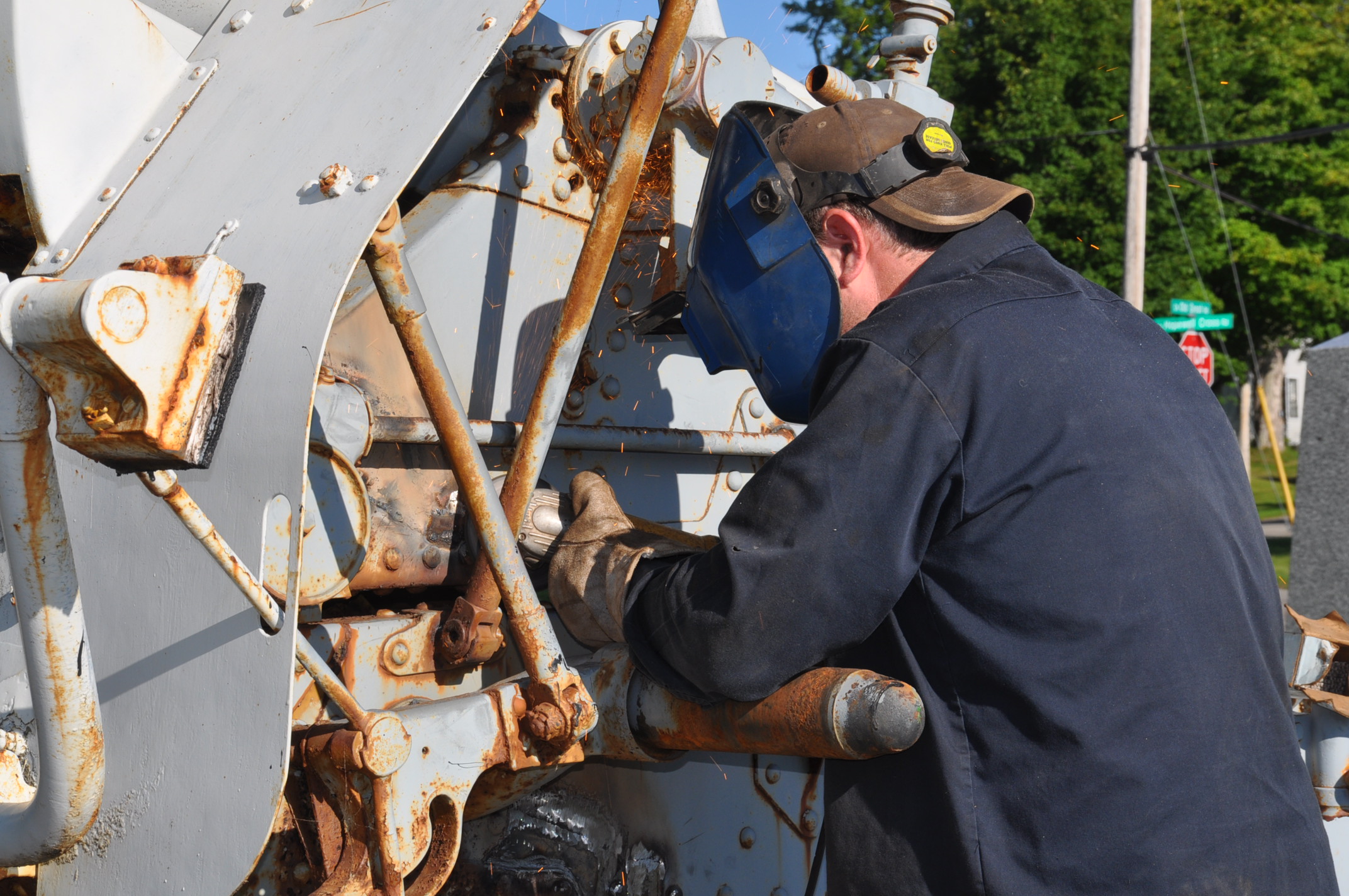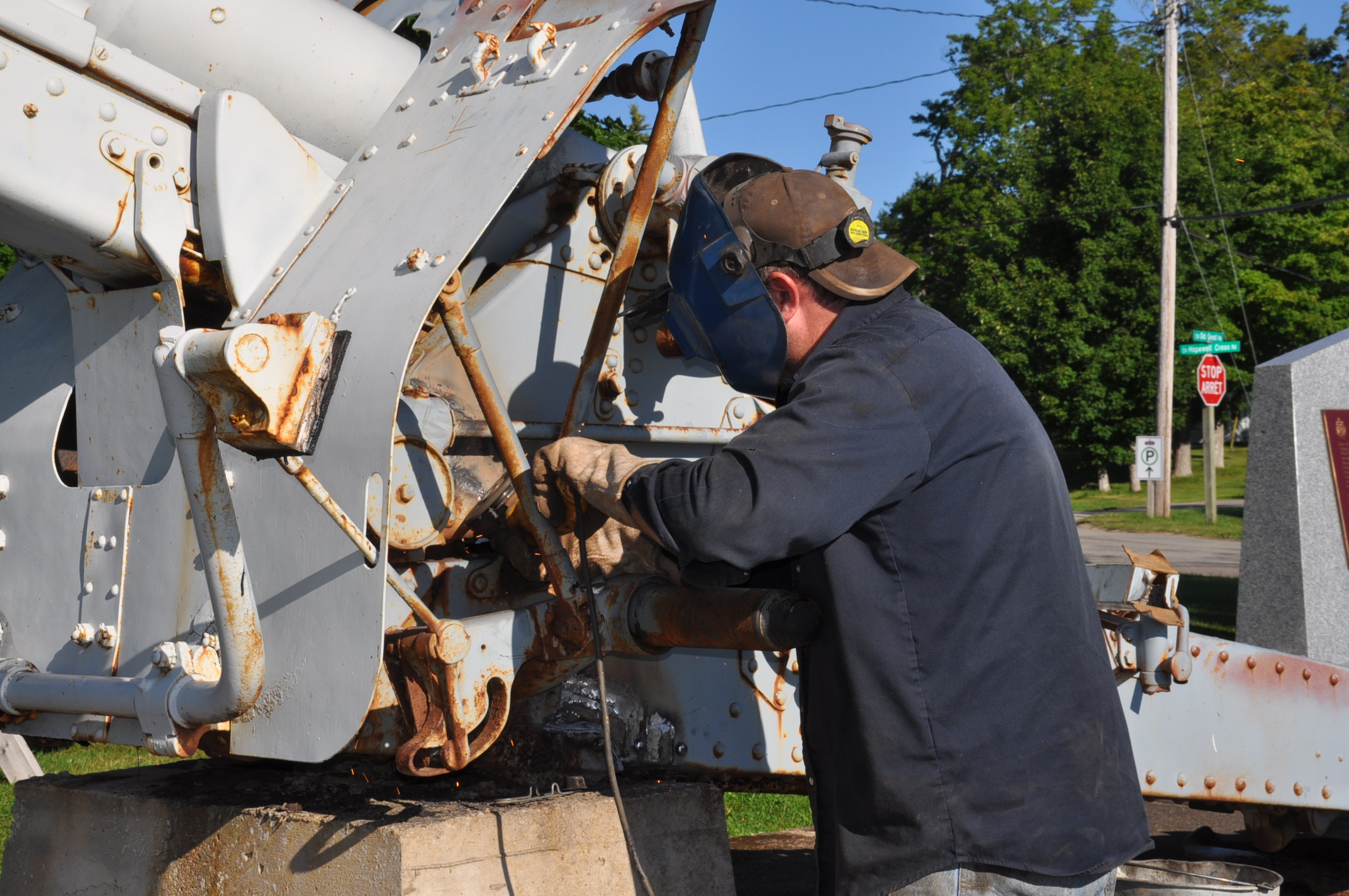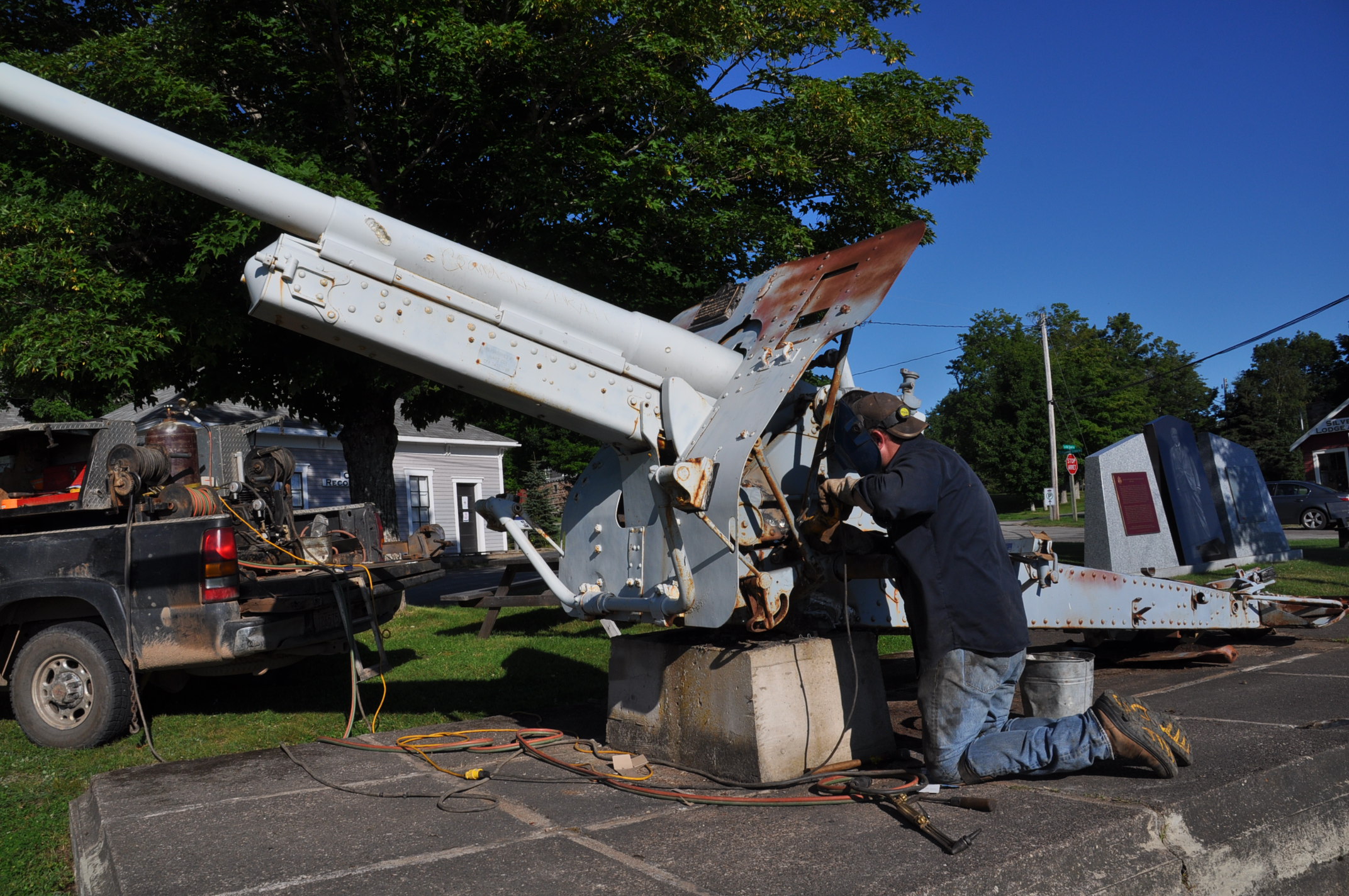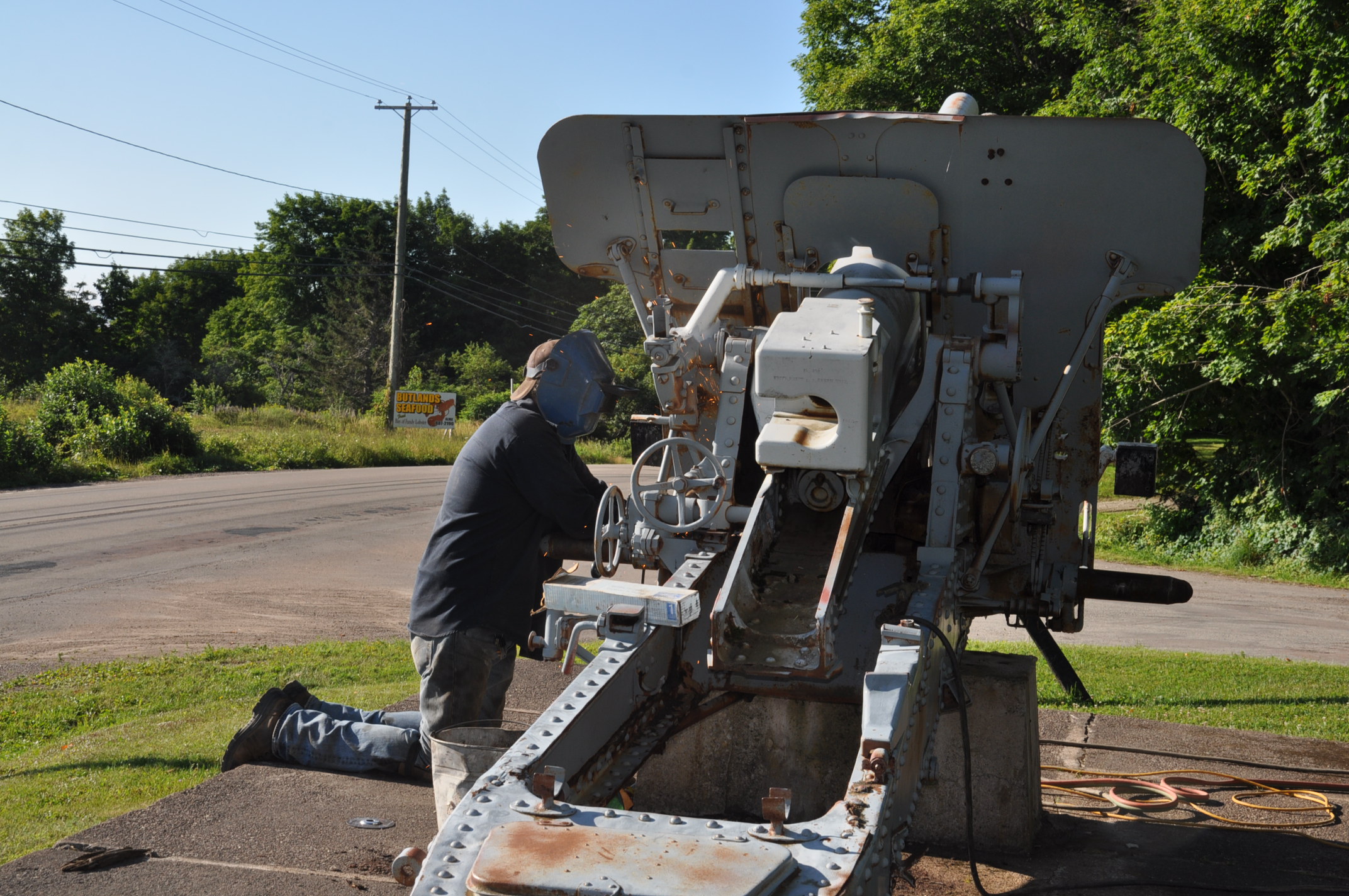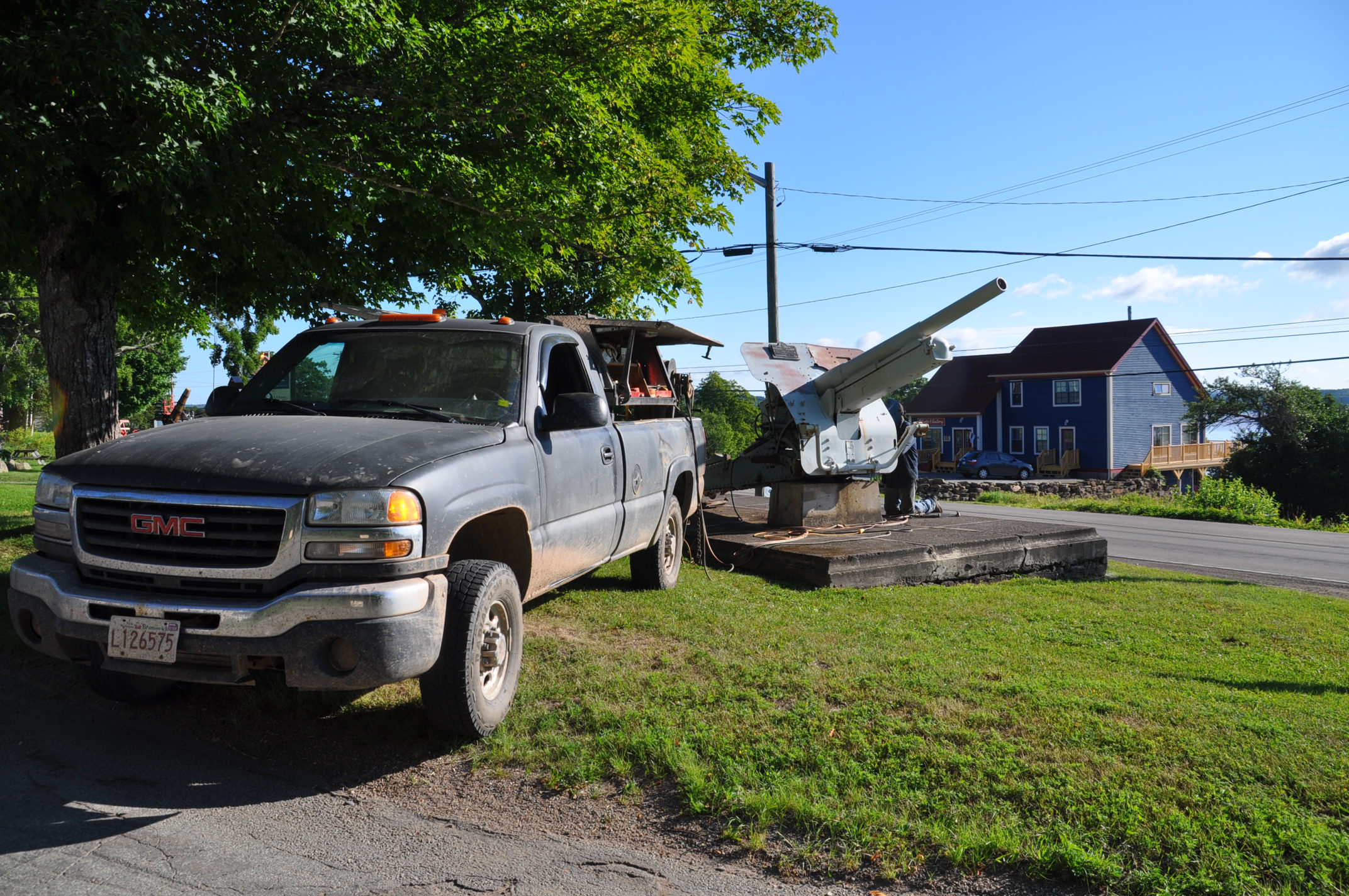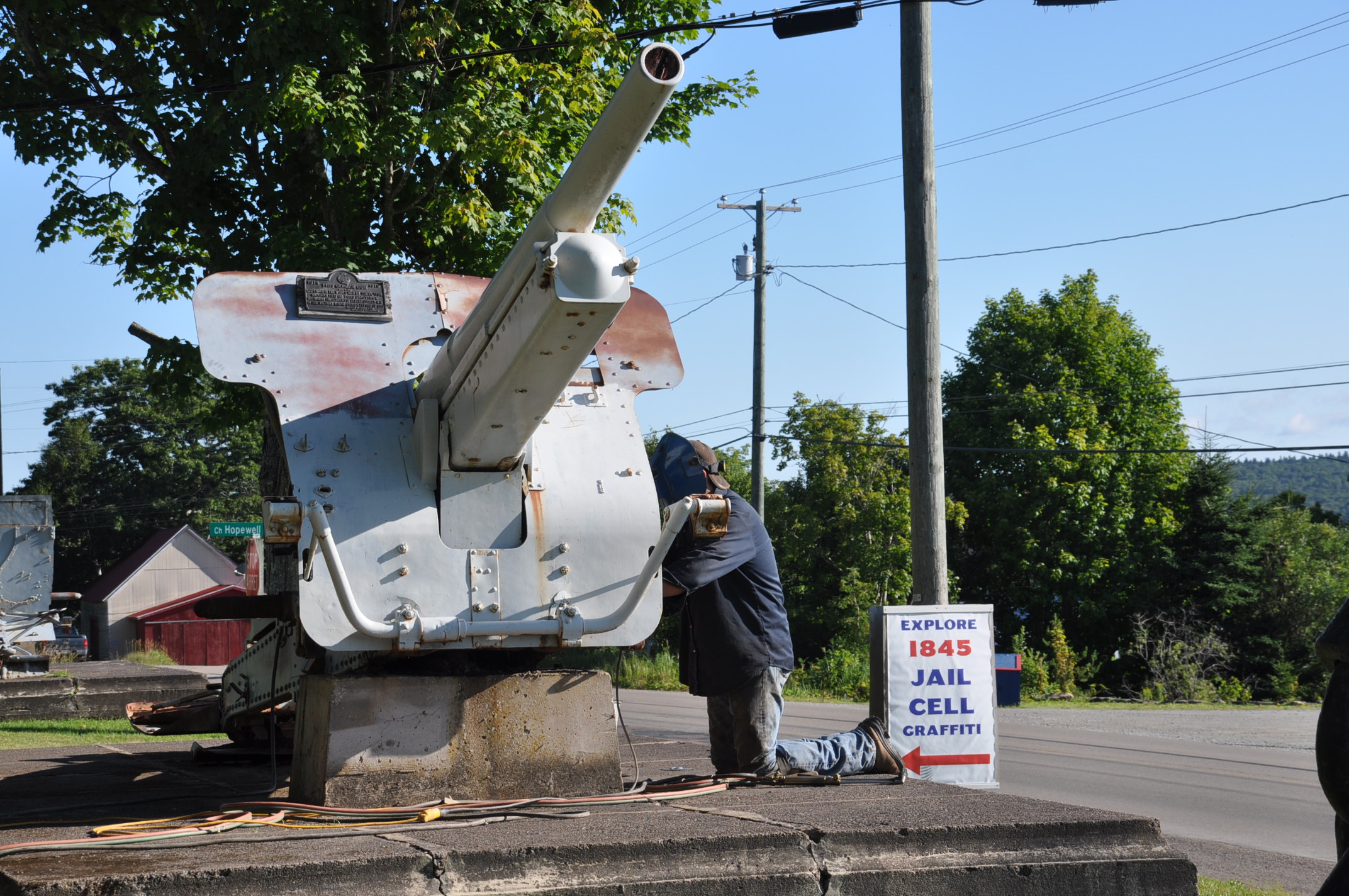The Ninth Top 10 Historical Event in Albert County was Winning the Victory Loans Competition of 1919 by raising a greater percentage over their set goal than anywhere else in the Province. The county raised $347600.00 with a goal of $110000.00. That's triple the amount! (in today's dollars that is $6.2 million!).
Winning the Victory Loans Competition of 1919 by raising a greater percentage over their set goal than anywhere else in the Province. The county raised $347,600.00 with a goal of $110,000.00. That's triple the amount! (In today's dollars that is $6.2 million and that's from less than 9000 people!).
The cost of fighting the First World War was enormous. To pay for it all, the Canadian government sought new ways to raise funds, such as taxing profits, incomes, and luxuries. Another method was borrowing from Canadians via the sale of war bonds. Between 1915 and 1919 five such campaigns raised a total of over $2 billion dollars. Initially, these drives were rather low-key affairs, but in 1917, with revenues stretched and foreign sources of funds drying up, the bonds became ‘Victory Loans,’ and the campaigns intensified. Canadians were inundated with a flood of publicity, posters, and volunteer canvassers. The campaigns linked buying bonds to the direct support and welfare of soldiers overseas and used a variety of messages to encourage contributions, from well-known poems to emotional imagery. Long-term interest rates of up to 5.5 per cent for terms of up to 20 years were also a powerful inducement.
The 1919 Victory Loan campaign was slightly different in character; the war had now ended, but the government still needed to pay the consequent costs. The publicity put out by the government’s Victory Loan Committee emphasized that this loan would fund the ‘bridge between war and peace.’ A campaign pamphlet entitled ‘The Clean-Up,’ showed how the 1918 loan had been used and outlined some of the ways the money raised in 1919 would be spent (demobilization, civil re-establishment, land settlements, and so forth).
As with previous loans, municipalities, private companies, and other groups would win a coveted ‘honour flag’ if they raised a certain amount of money. The flag for the 1919 campaign featured an extra detail – it was called ‘the Prince’s Flag,’ and it incorporated the coat of arms of the Prince of Wales (later King Edward VIII) into its design. The Prince himself, then in Canada for his 1919 Royal Tour, presided over a ceremony on Parliament Hill during which he unfurled the first Victory Loan honour flag. A quote from his speech: “I hope every city and district will win my flag,” was subsequently used in publicity campaigns and posters for the 1919 loan.
Honour flags were not the only prizes available in the 1919 Victory Loan. War trophies – enemy armaments and war material captured during the war – were also distributed as rewards for significant contributions to the campaign. Eleven heavy artillery pieces – German Howitzers – were awarded to the following communities or groups across Canada: Kamloops, B.C.; Redcliffe, Alberta; Saltcoats, Saskatchewan; the Tuxedo Hospital Committee, Manitoba; South Oxford, Ontario; Temiskaming, Ontario; Argenteuil County, Quebec; Stanstead County, Quebec; Albert County, New Brunswick; Yarmouth, Nova Scotia; and Prince County, Prince Edward Island).
The Victory Loans Committee for New Brunswick set a goal of $110,000.00 for Albert County, which is a sizable sum for 1919. (This would be equivalent to $2.2 million today (According to Bank of Canada Inflation index)). Albert County not only raised the set goal but surpassed it by $237,600.00 for a final total of $347,600.00. (In today's dollars $6.2 million) This was with a population less than 9000 people! The people of Albert County surpassed their set goal by the largest percentage of any area in the province, and were awarded the War Trophy, the 110 mm K14 cannon! What a testament for the people of Albert County! You can read more about this fascinating cannon here.
Founding of Fundy National Park in 1948.
